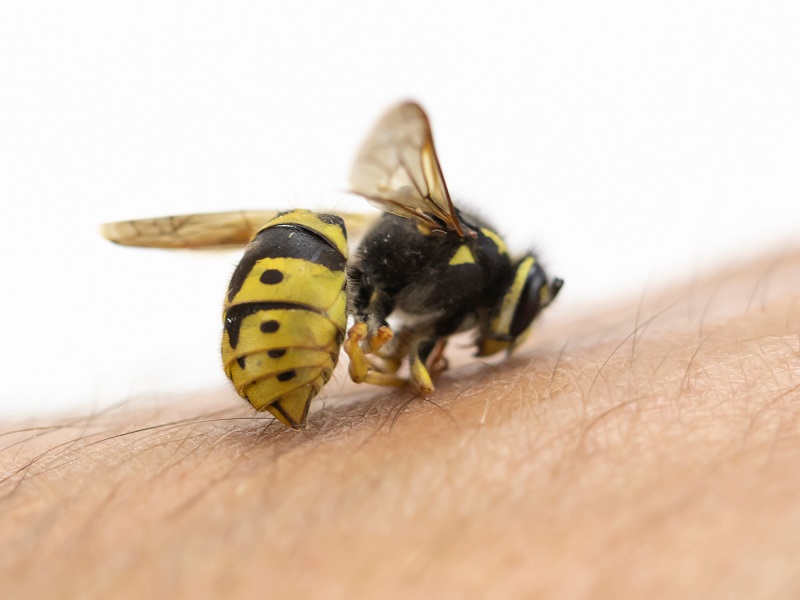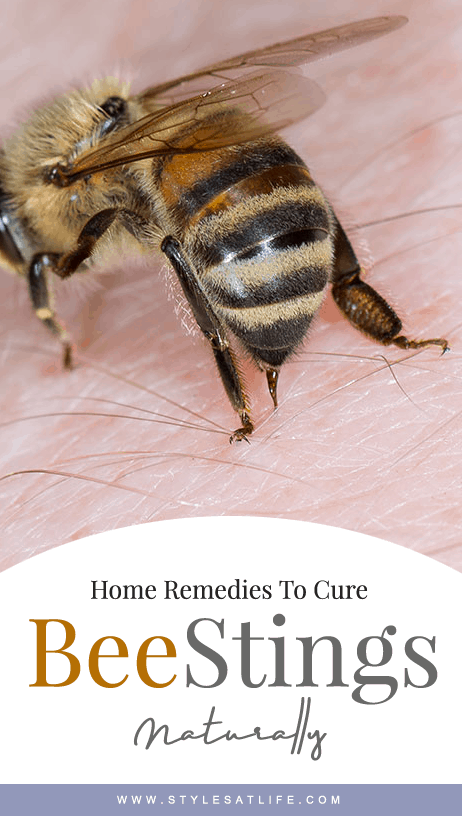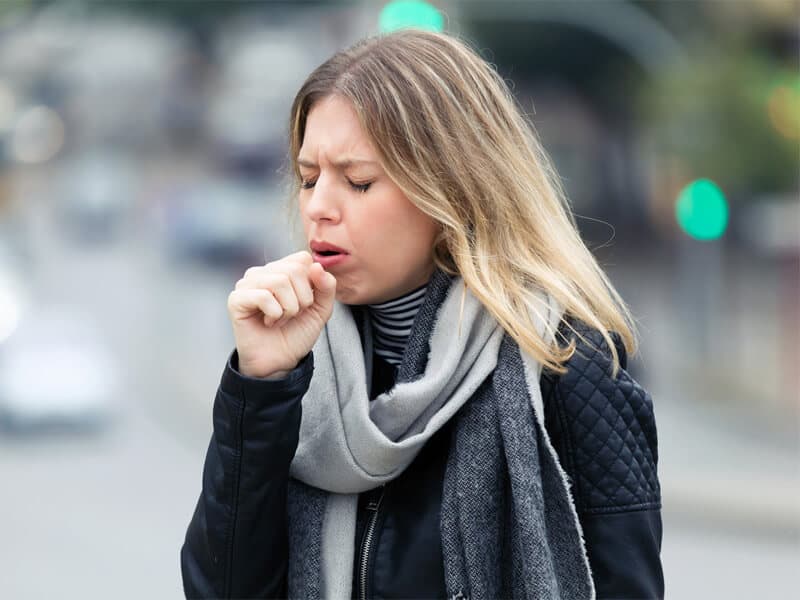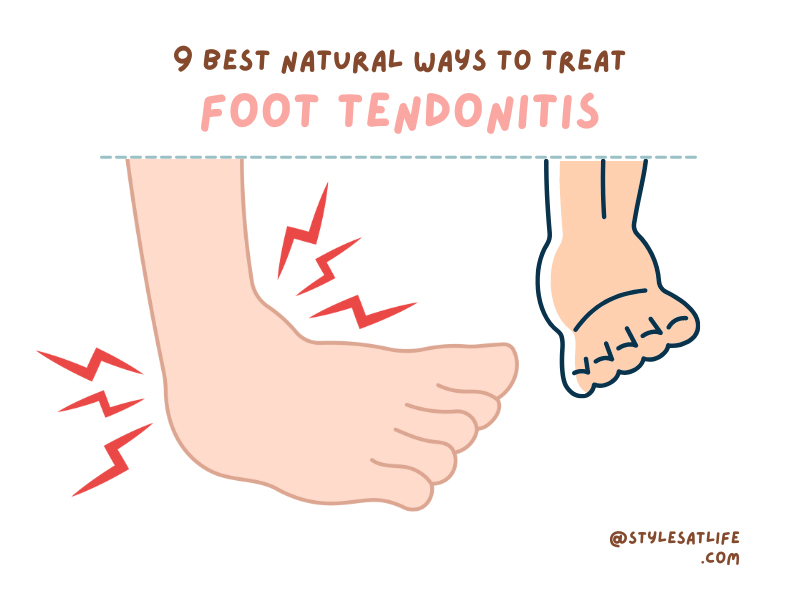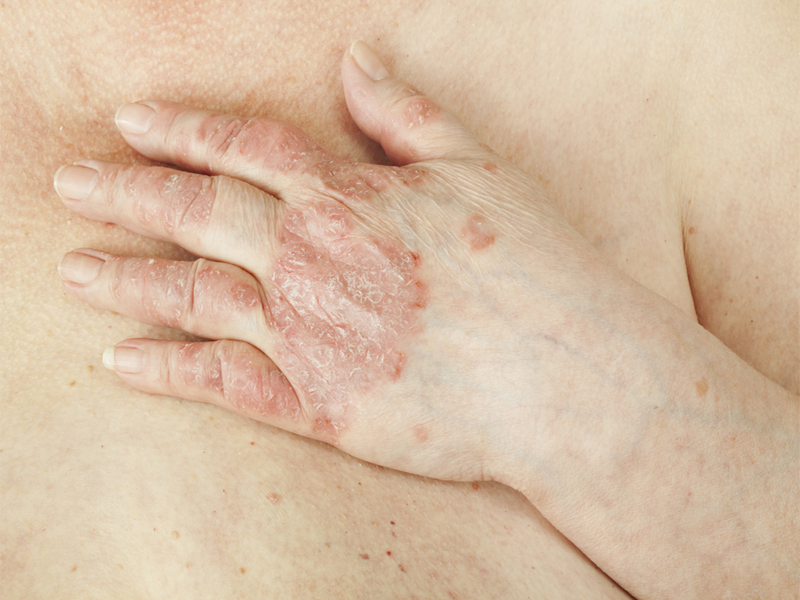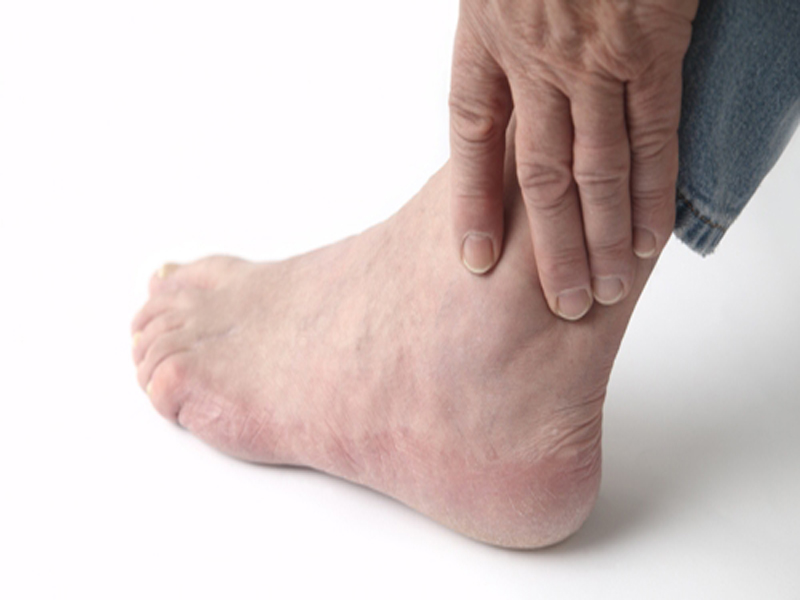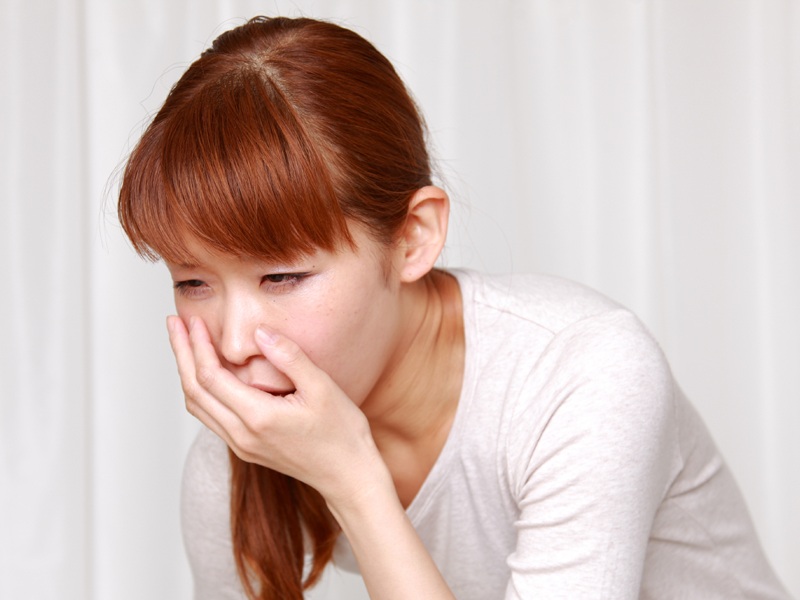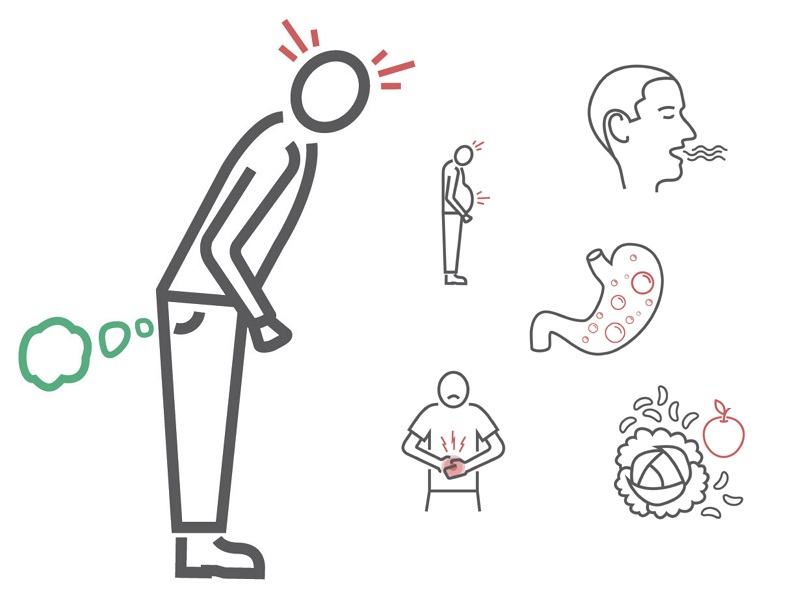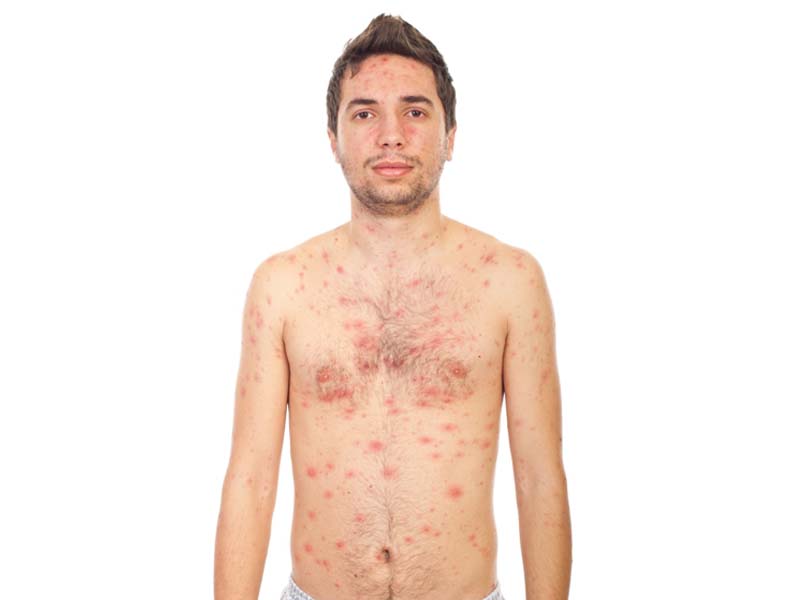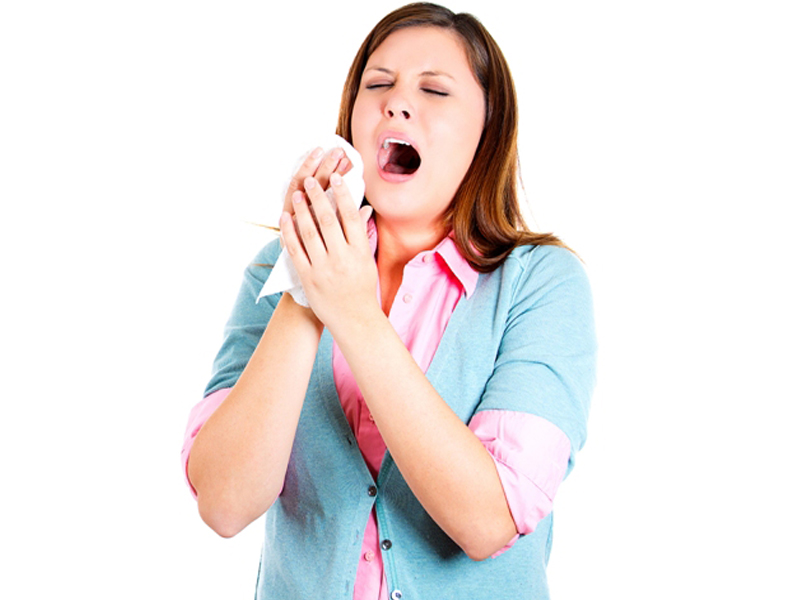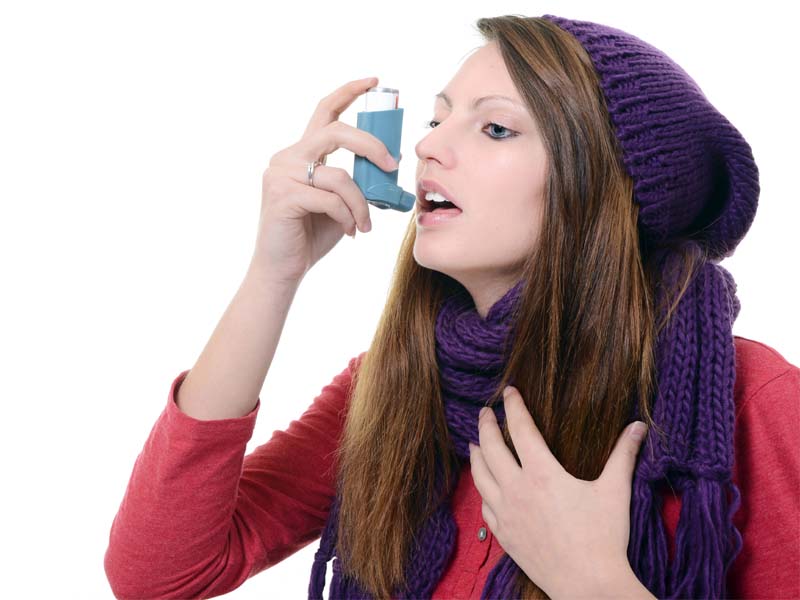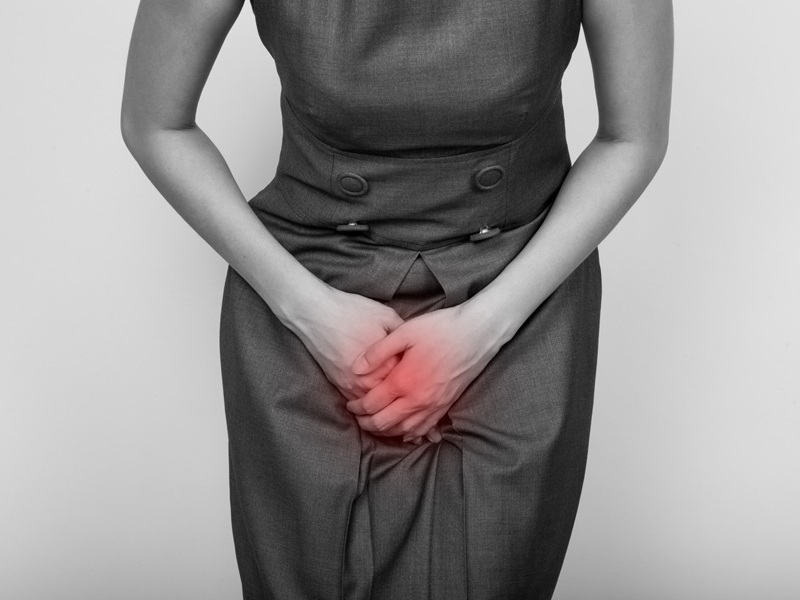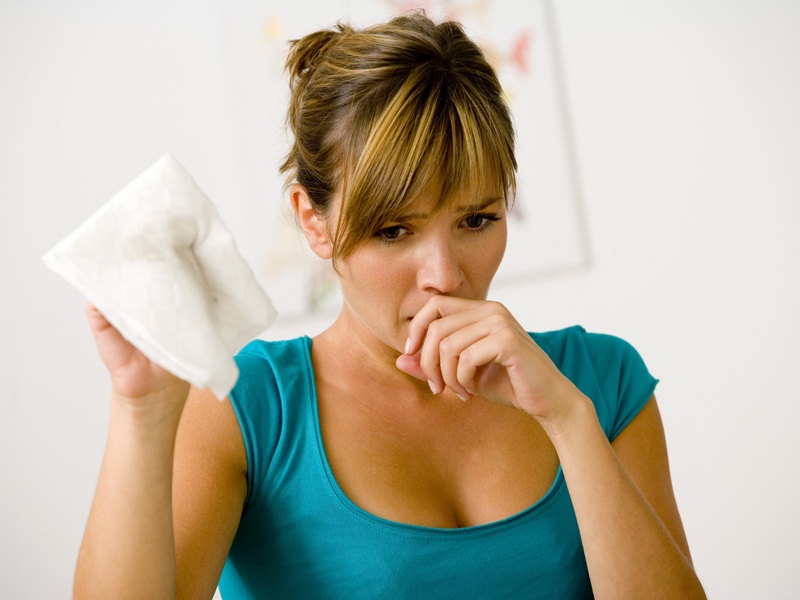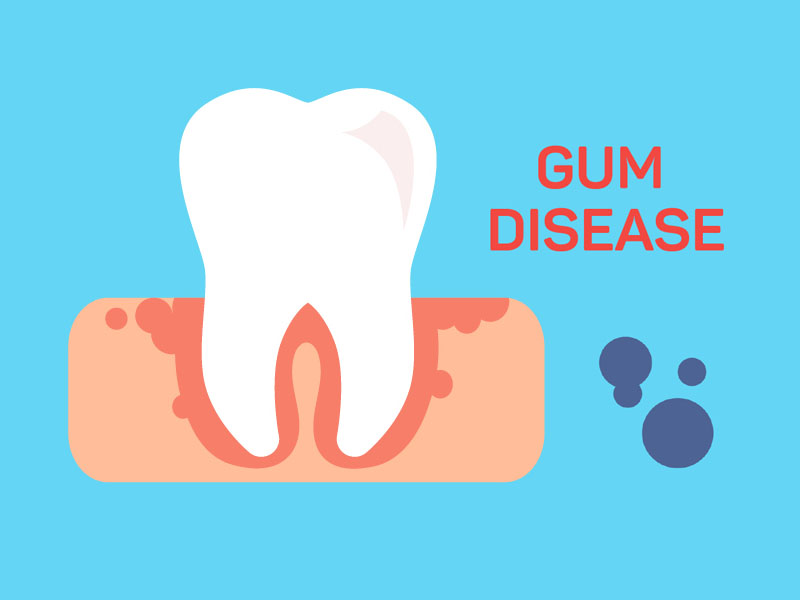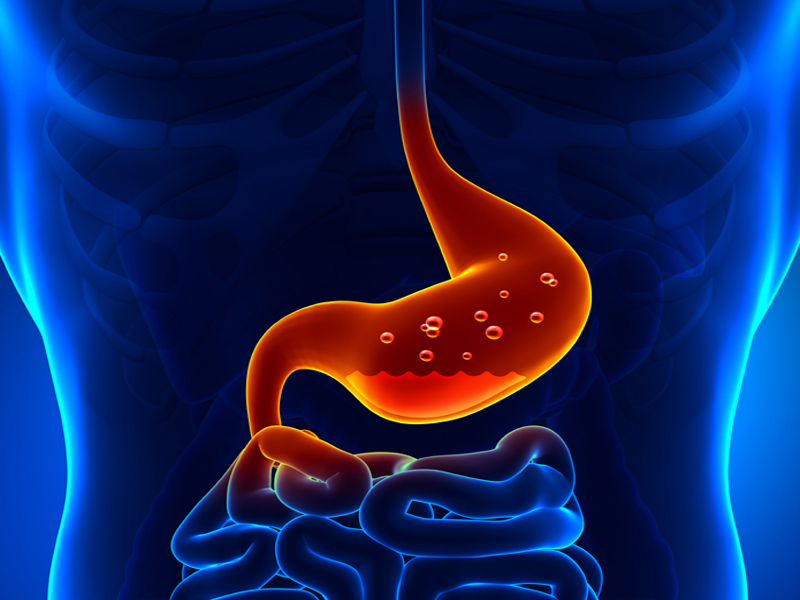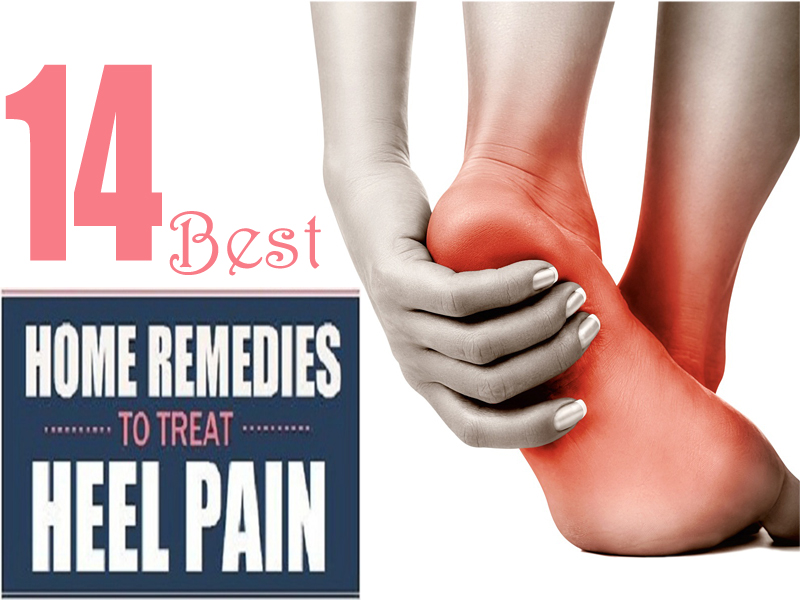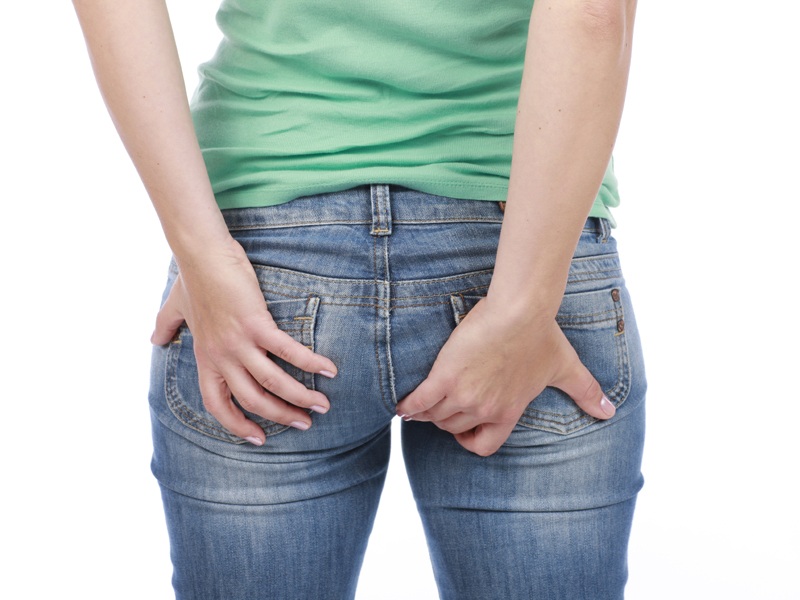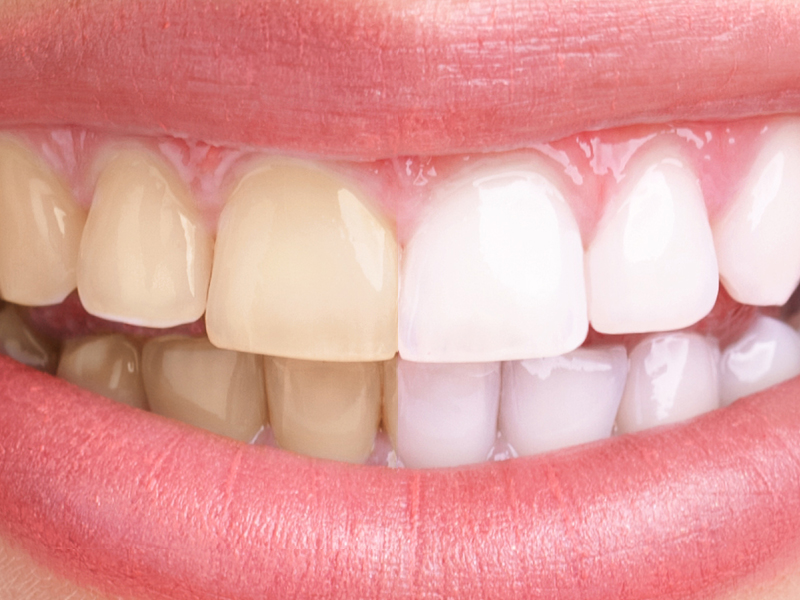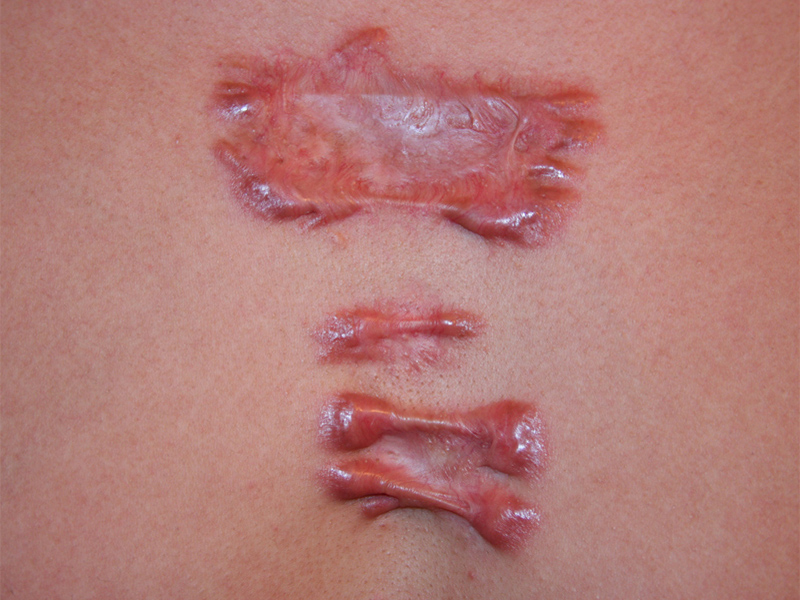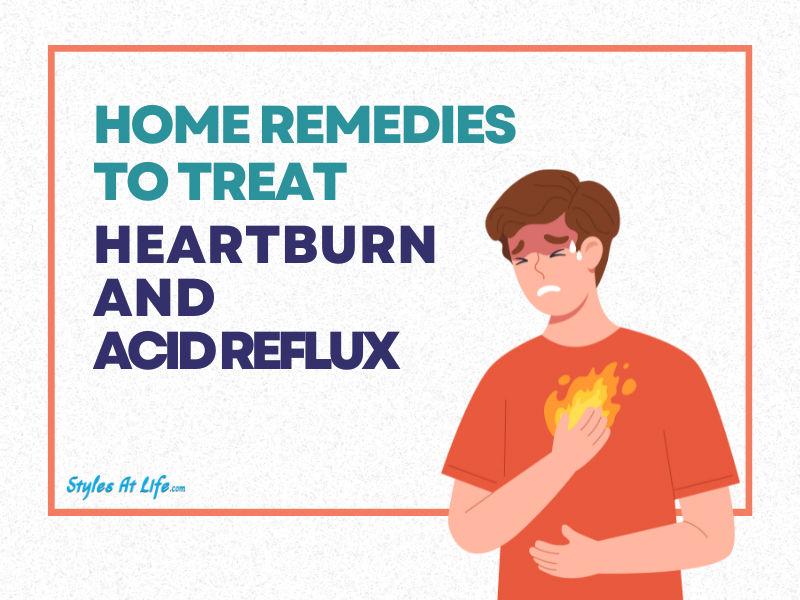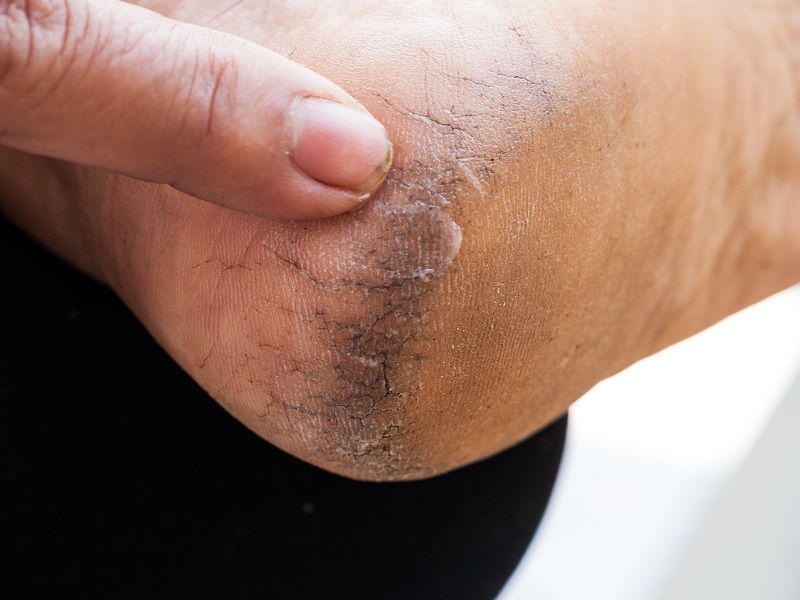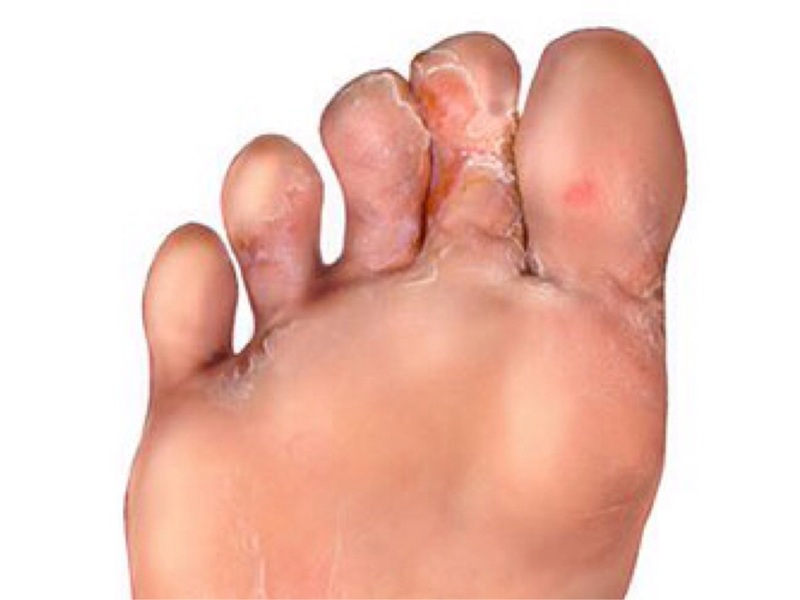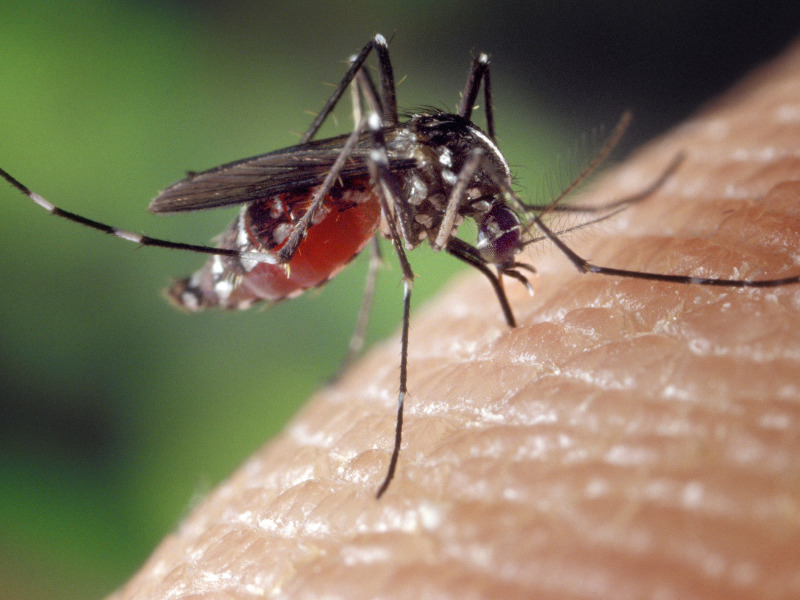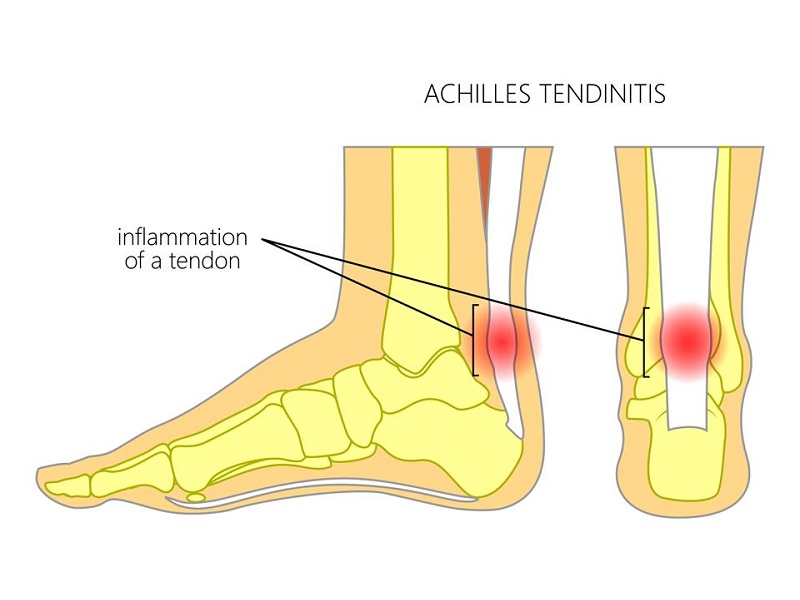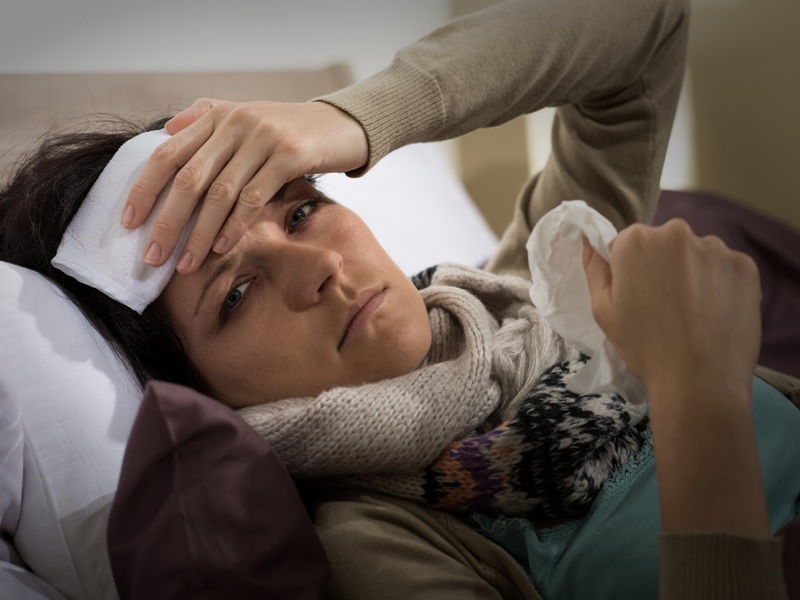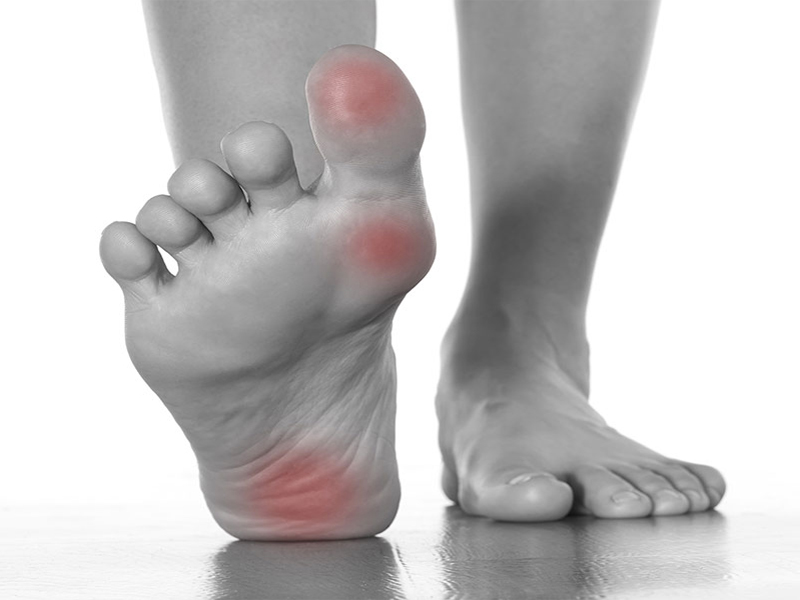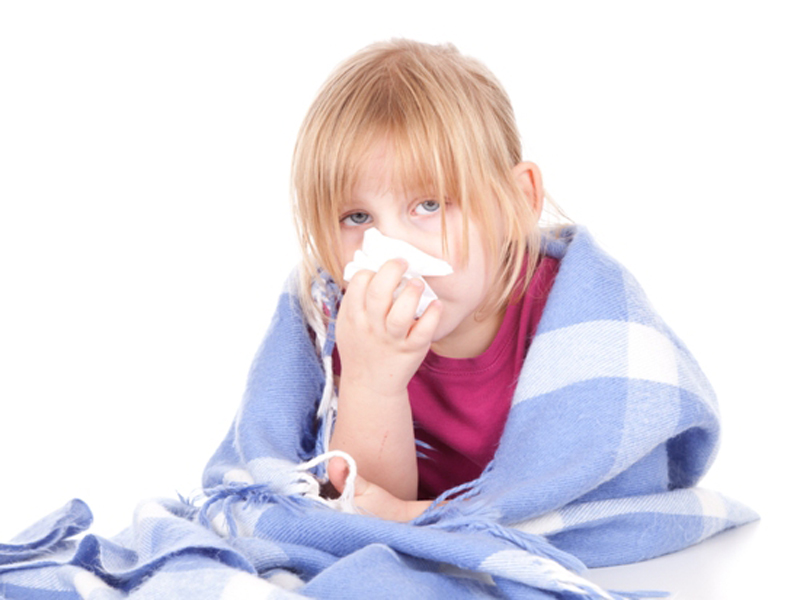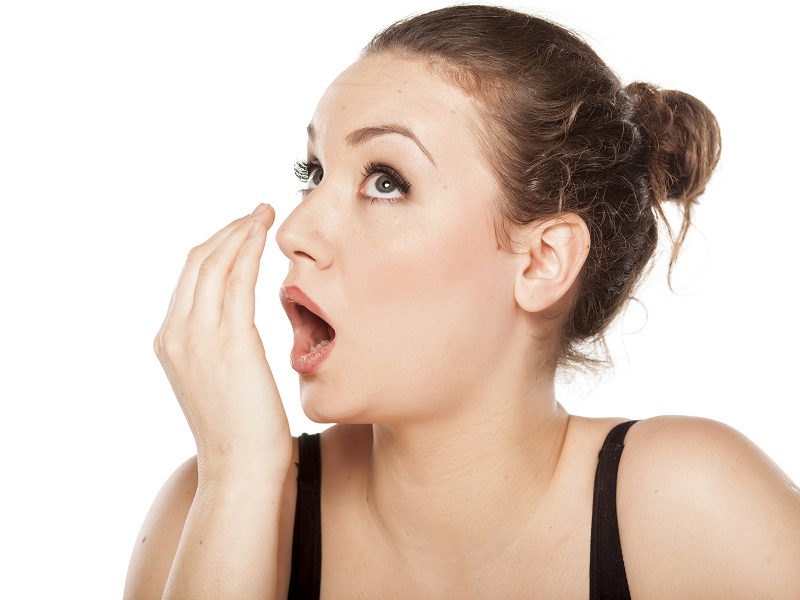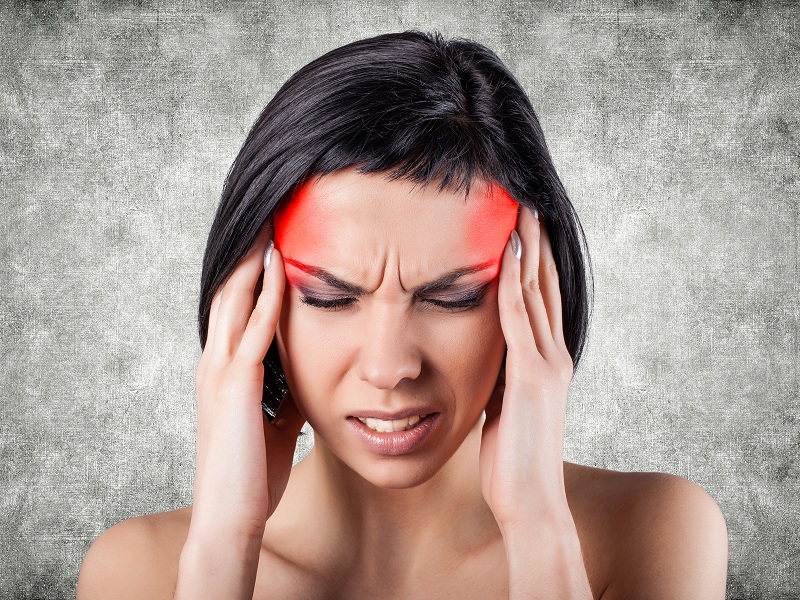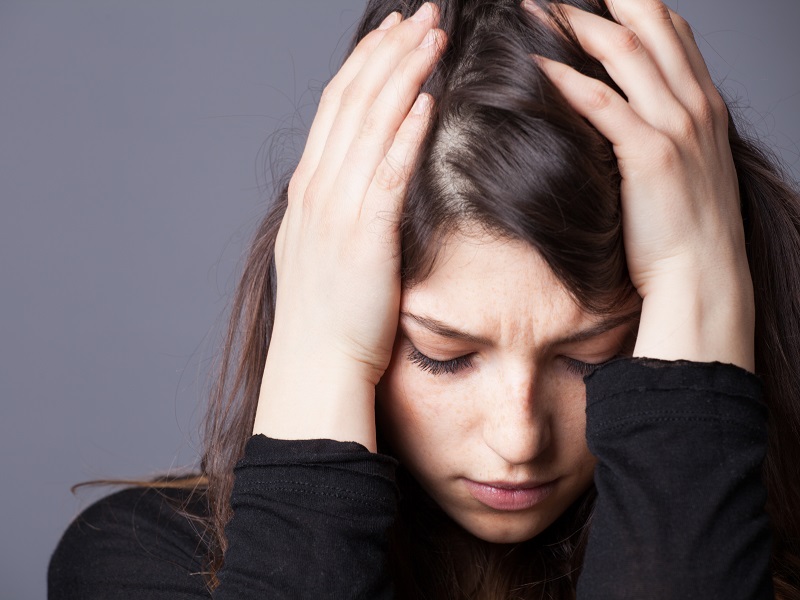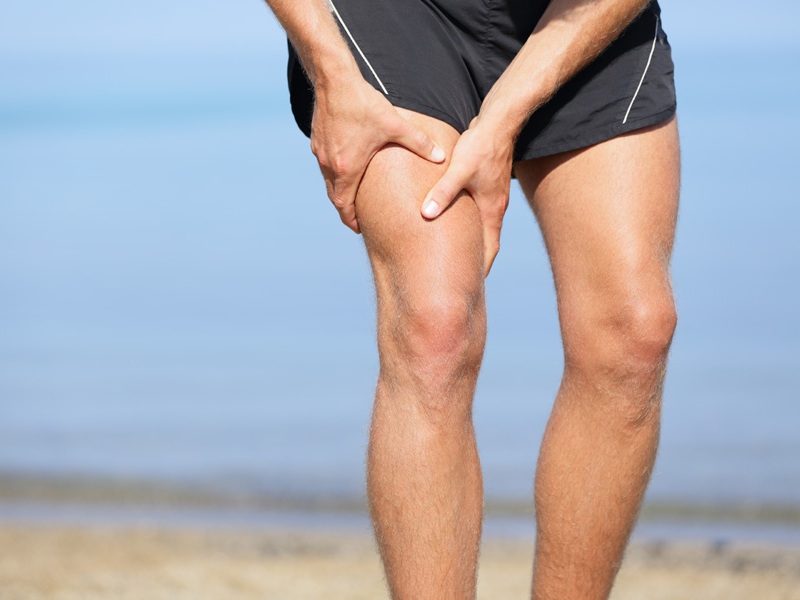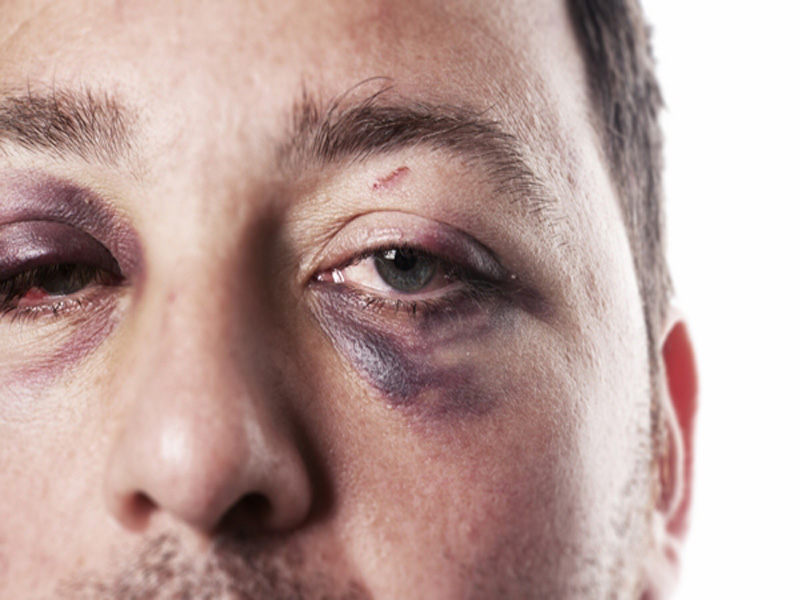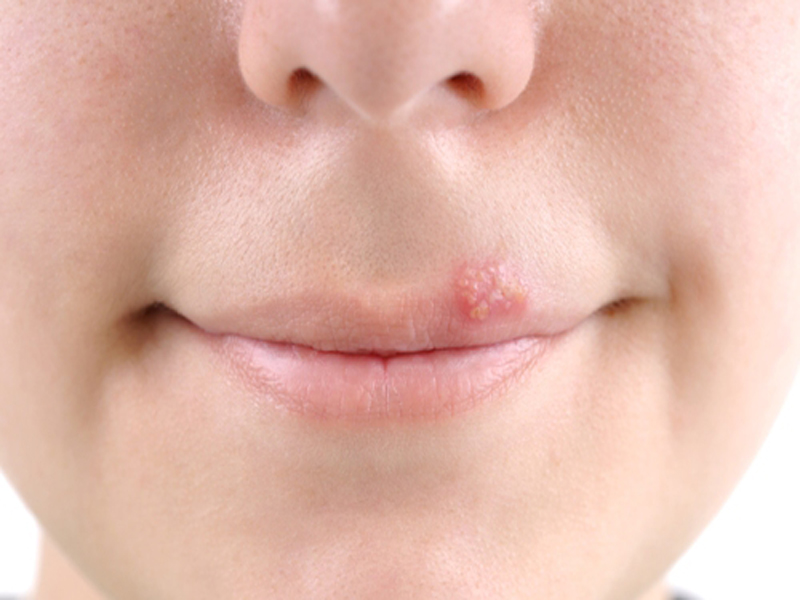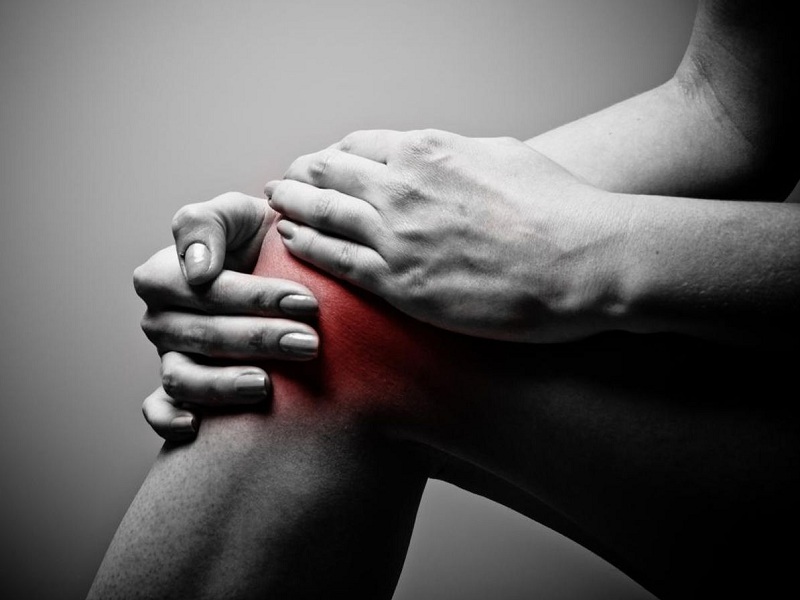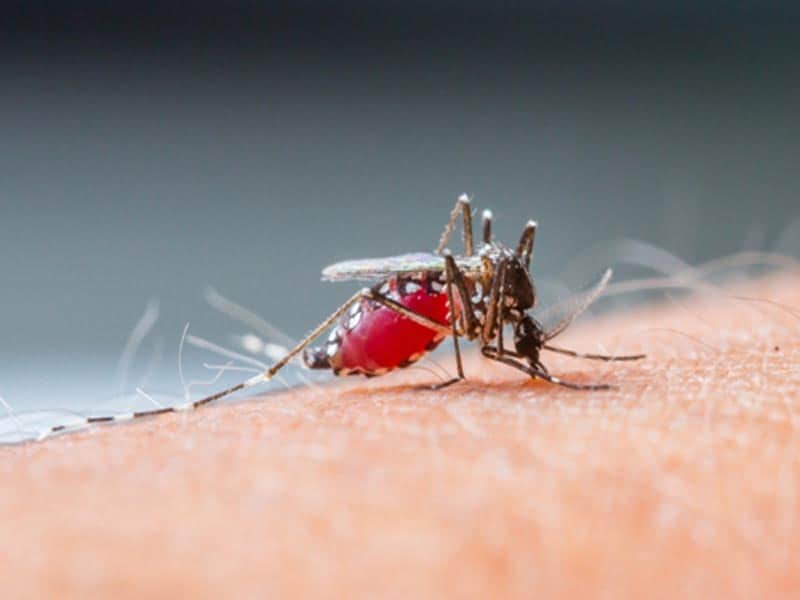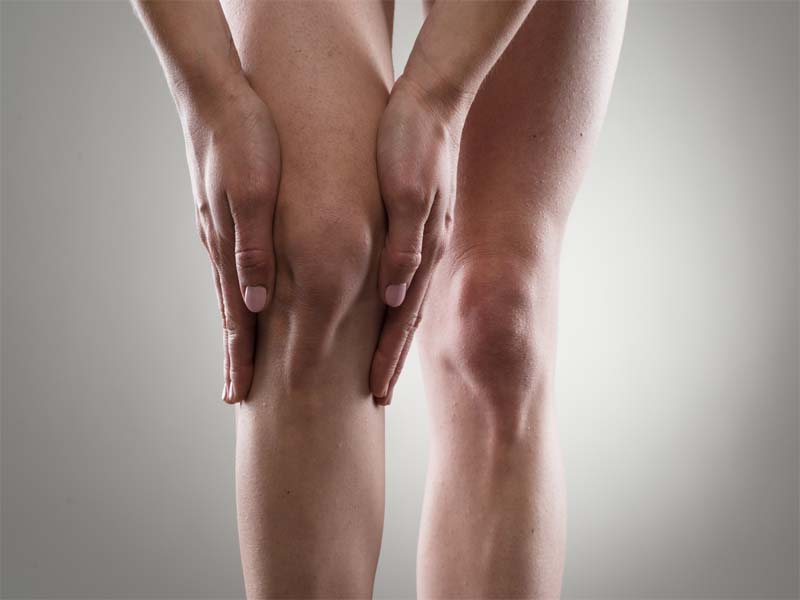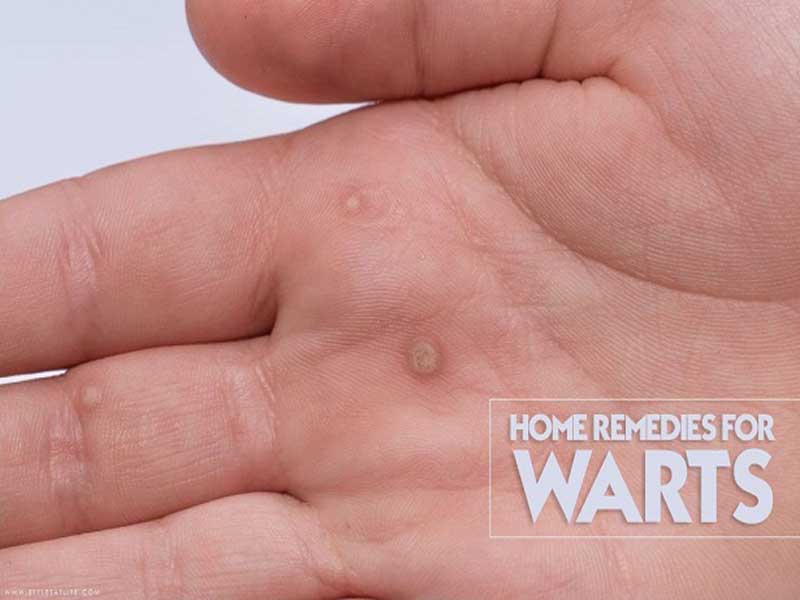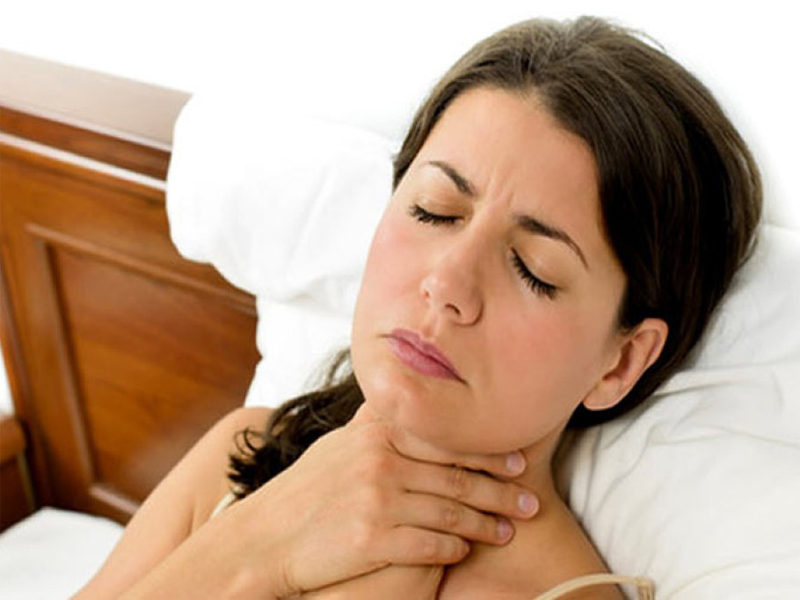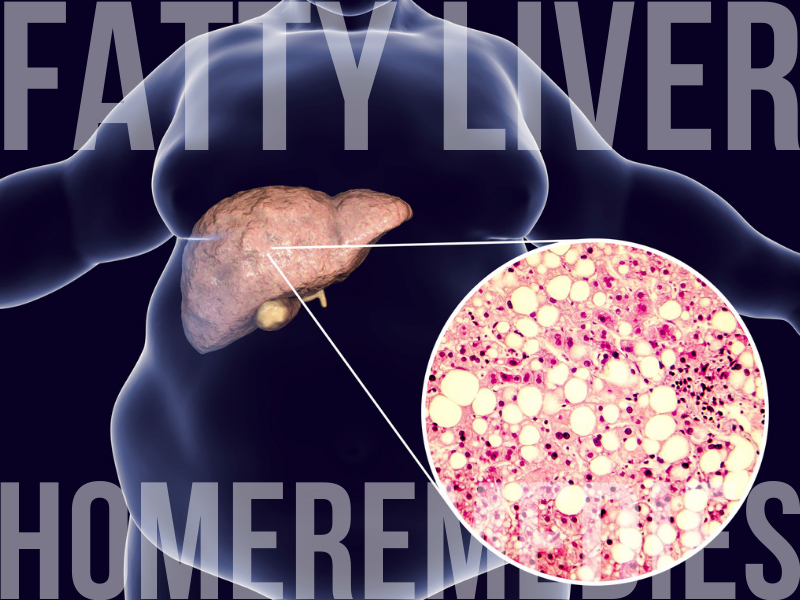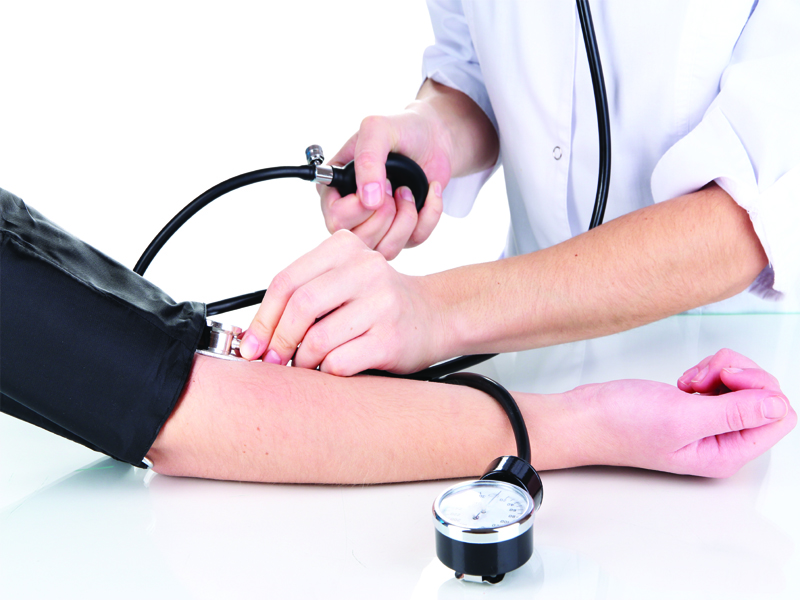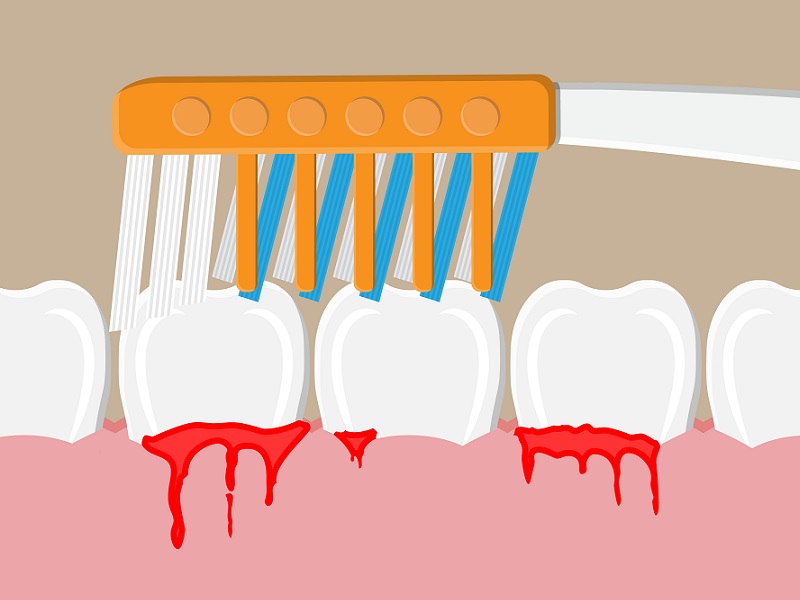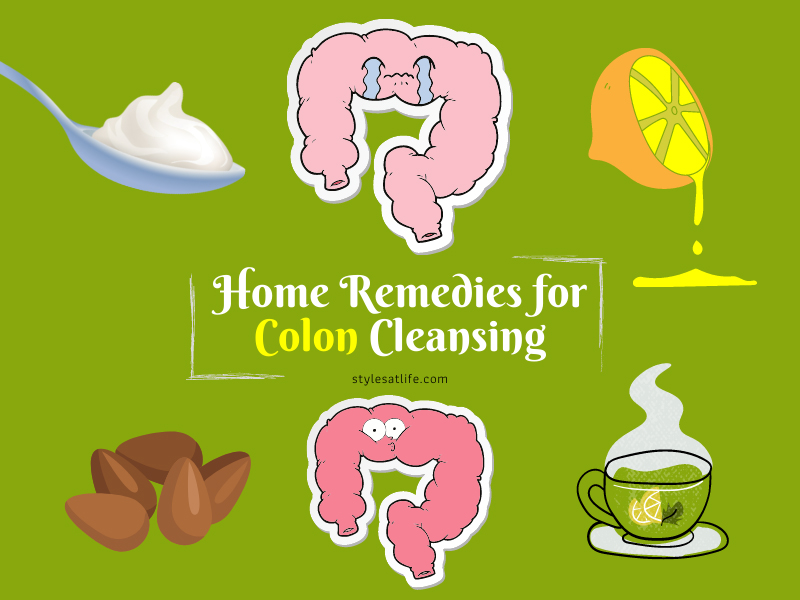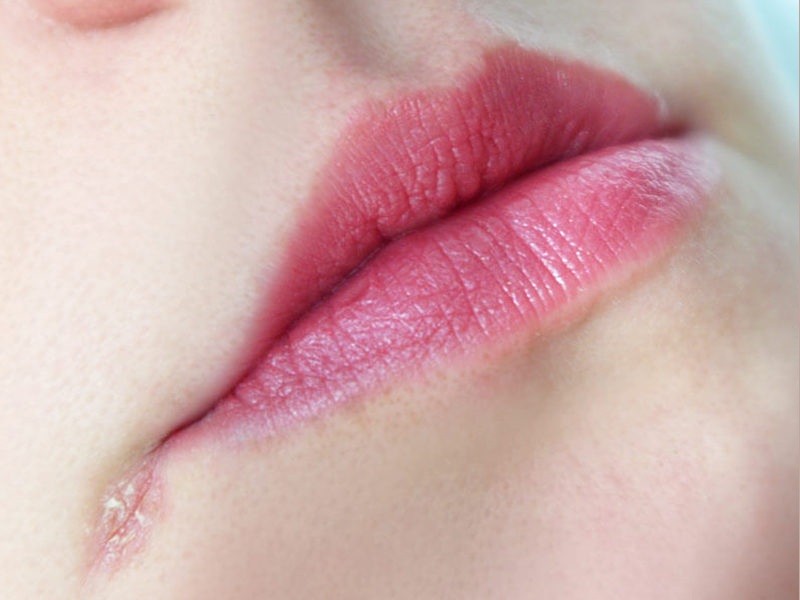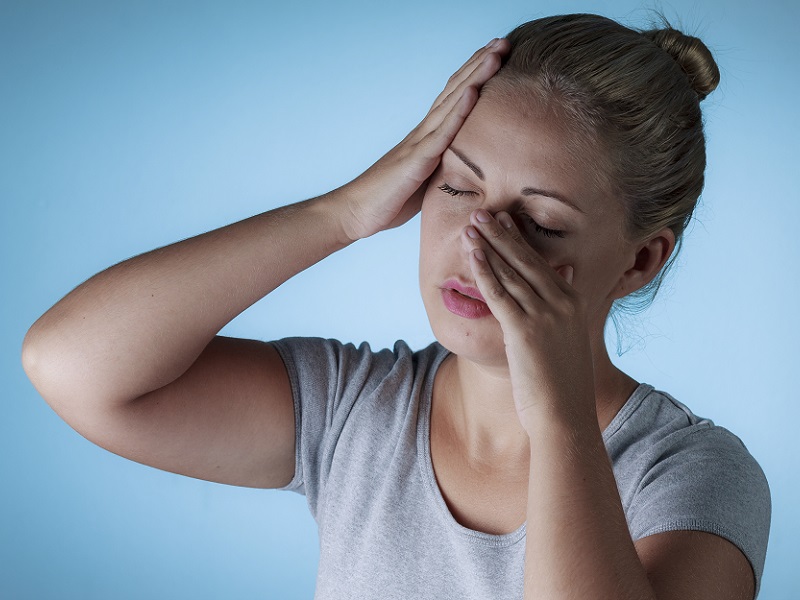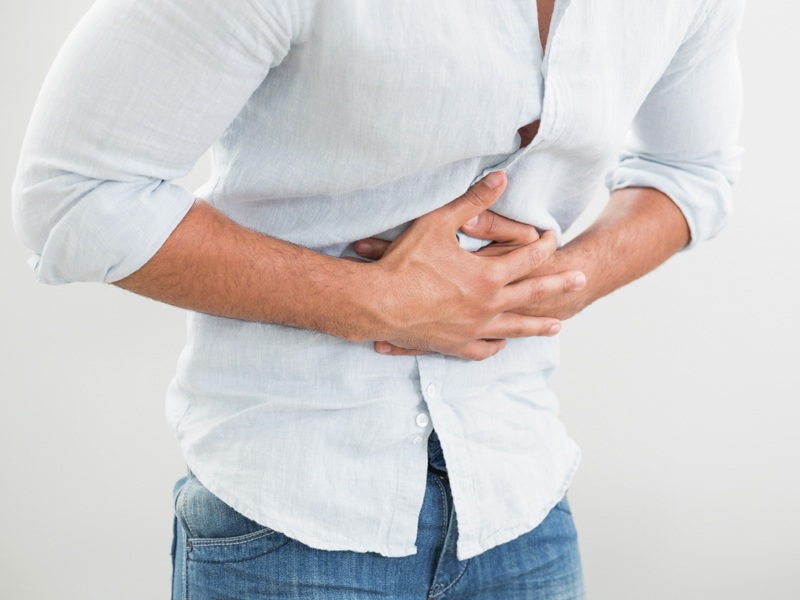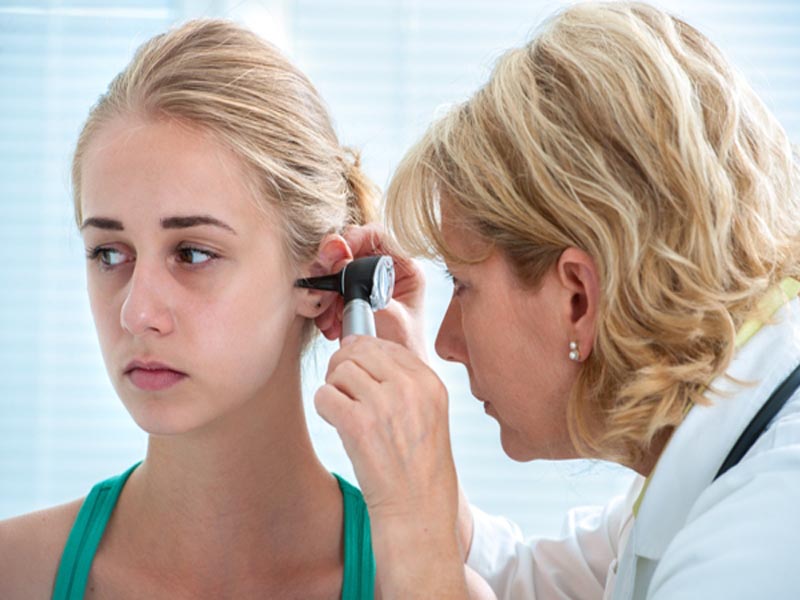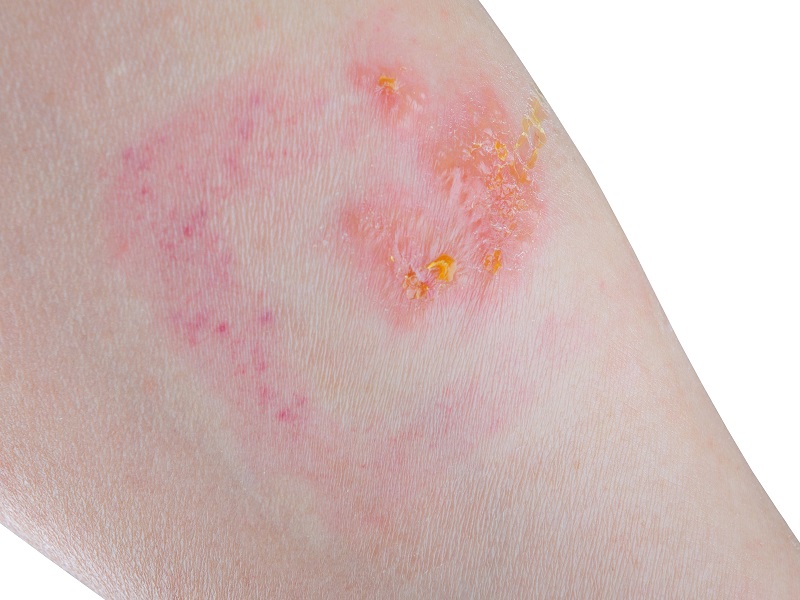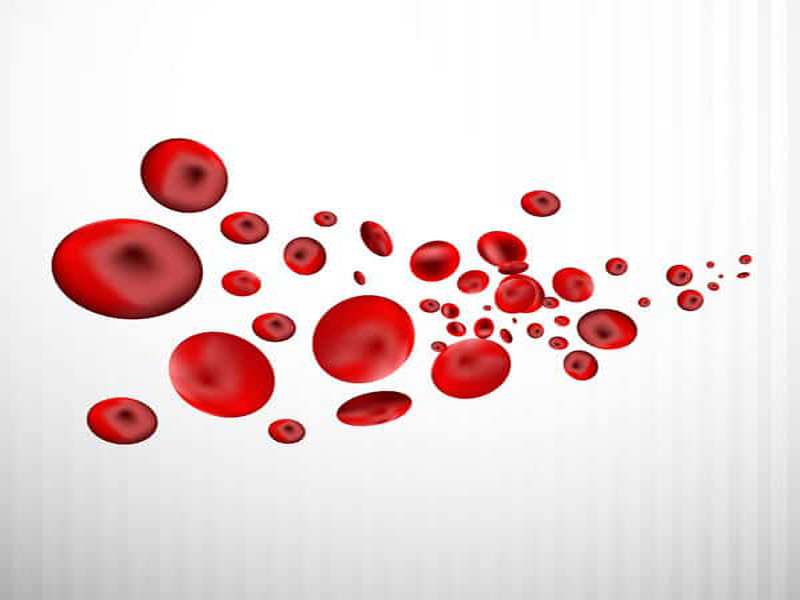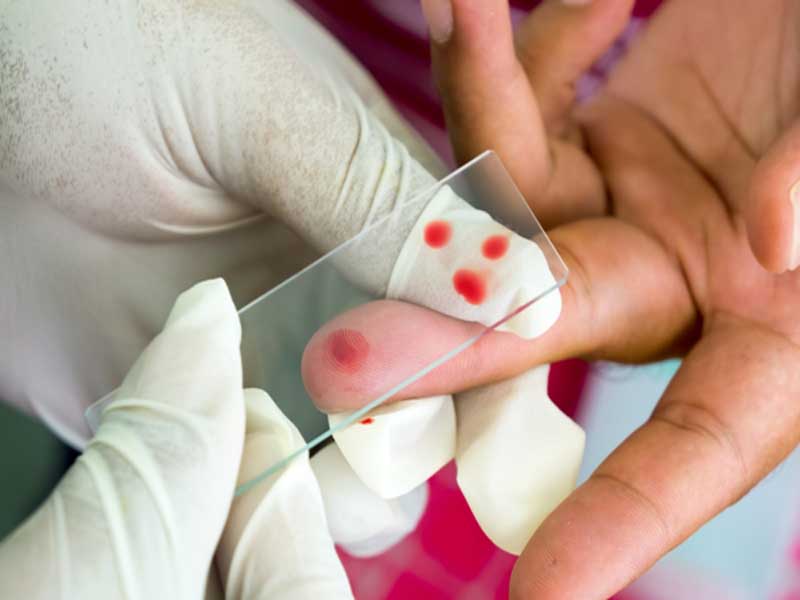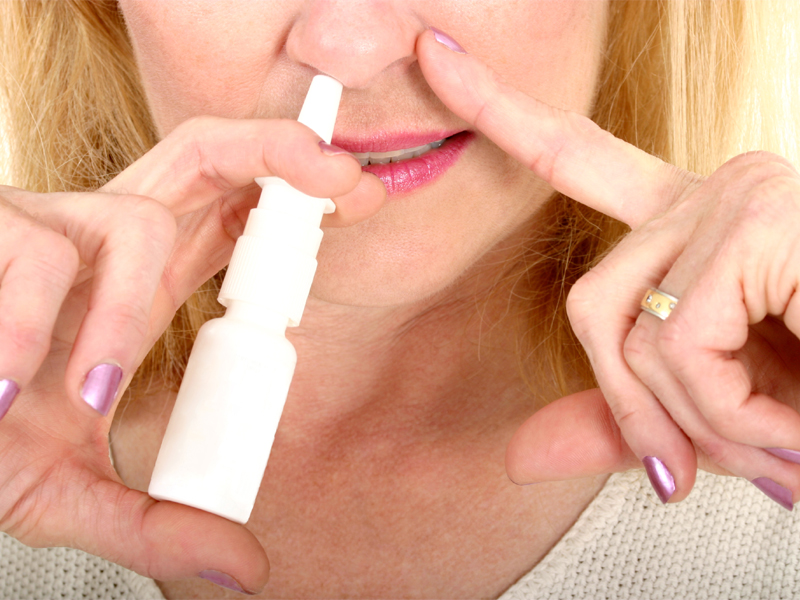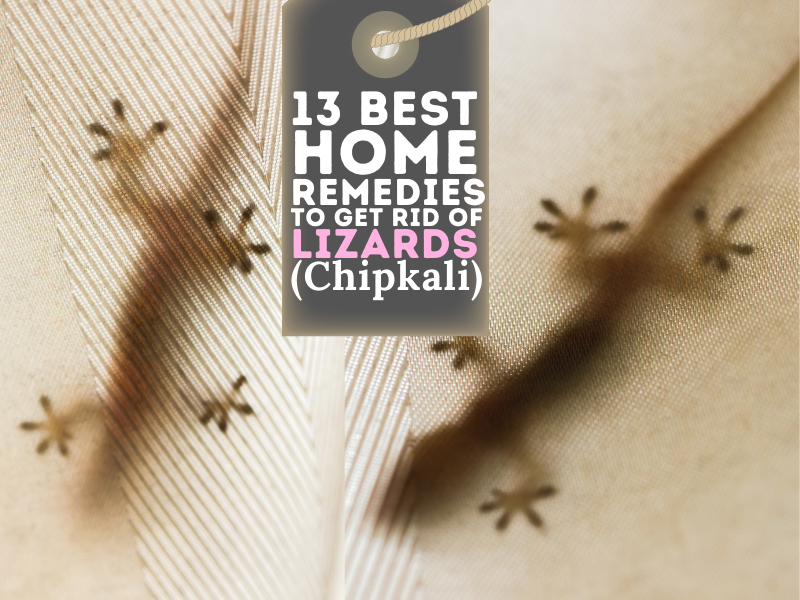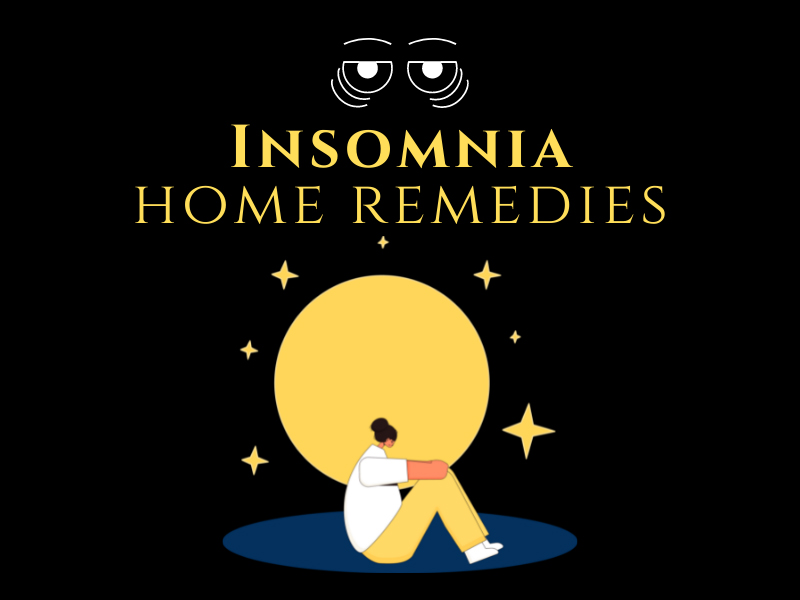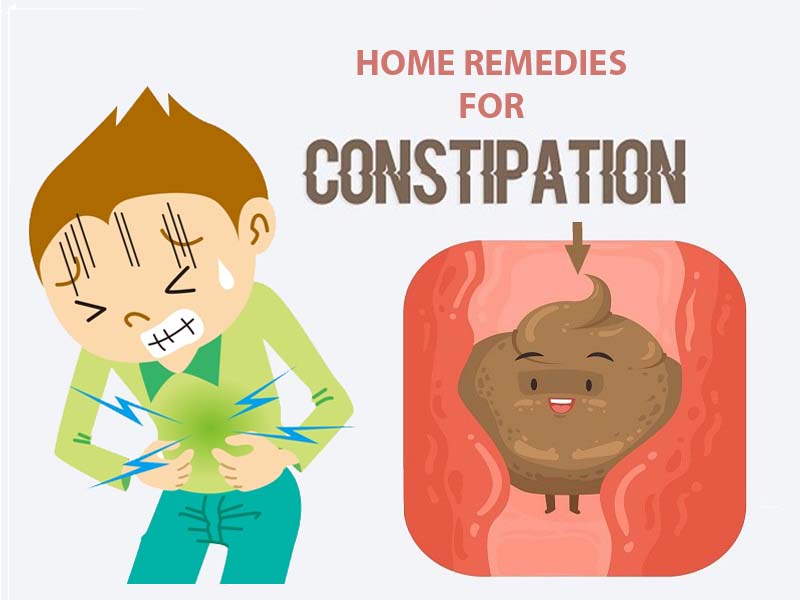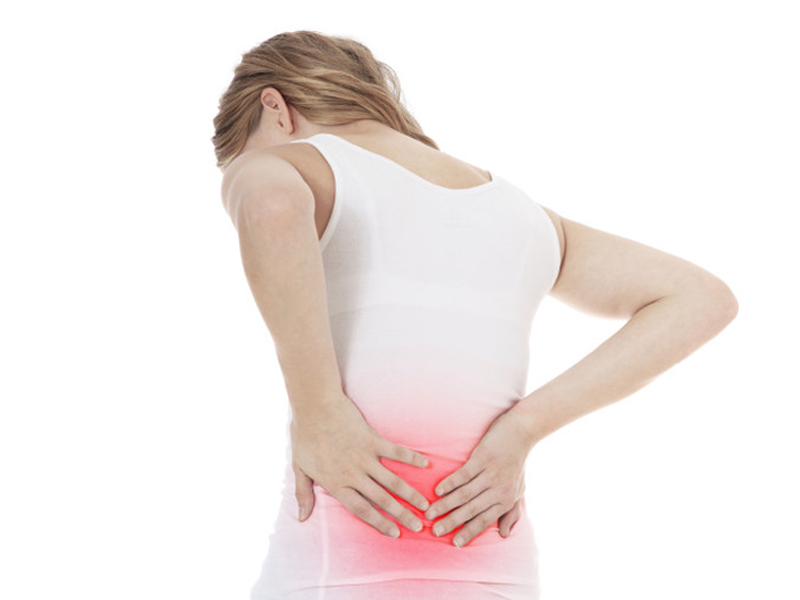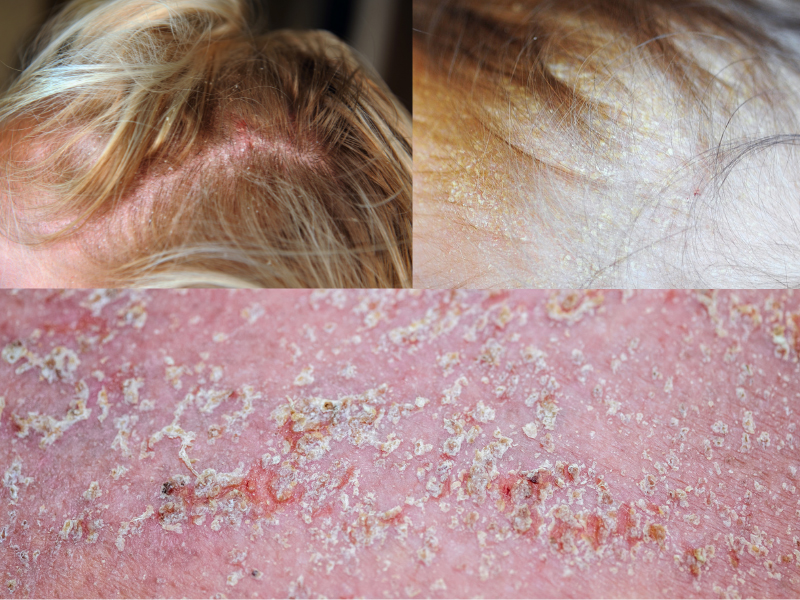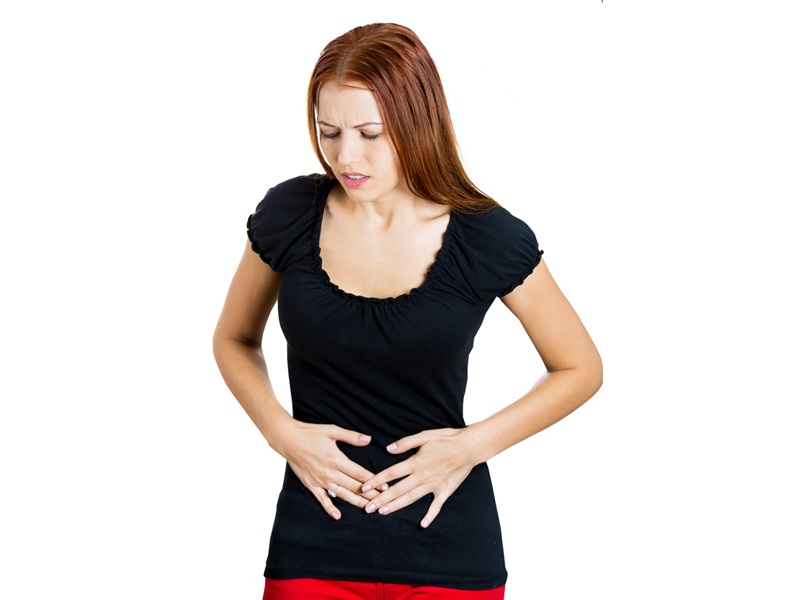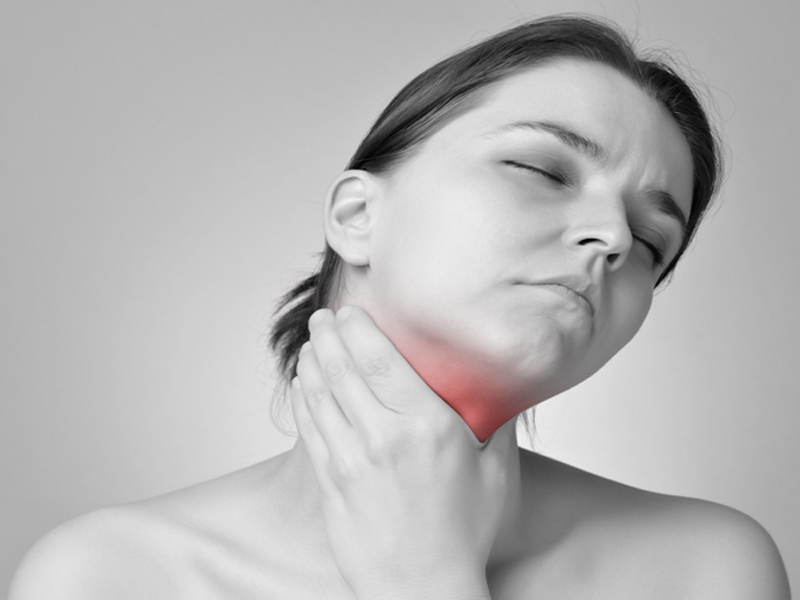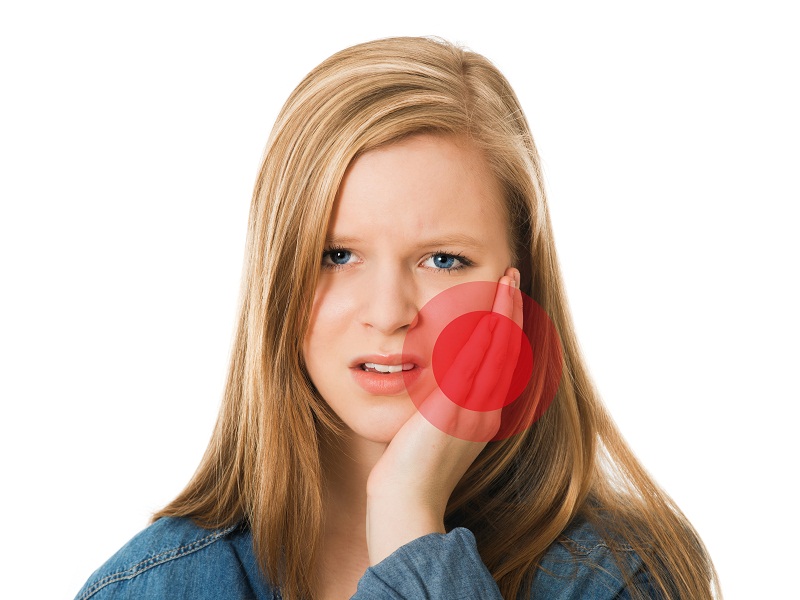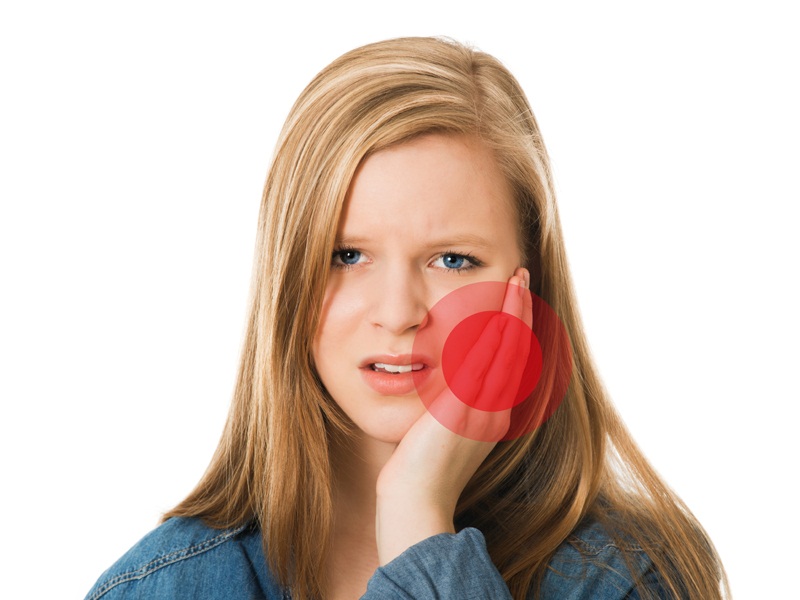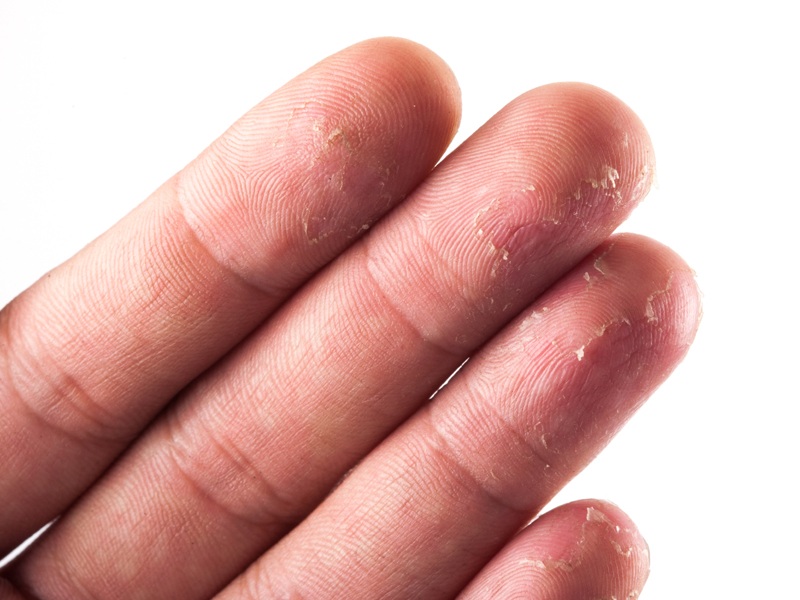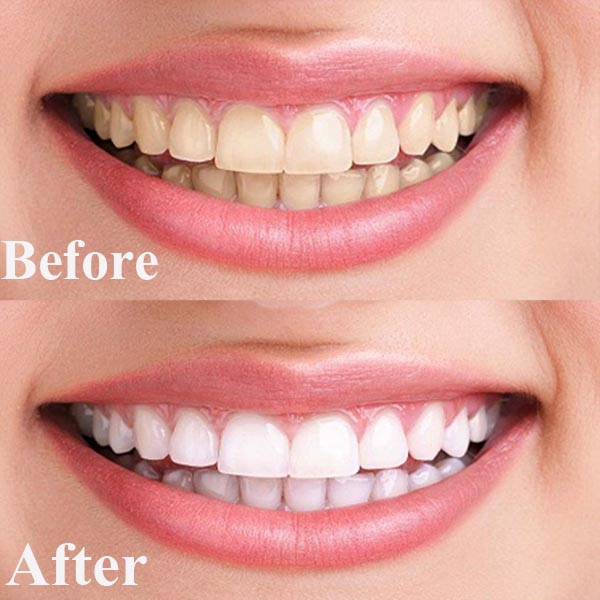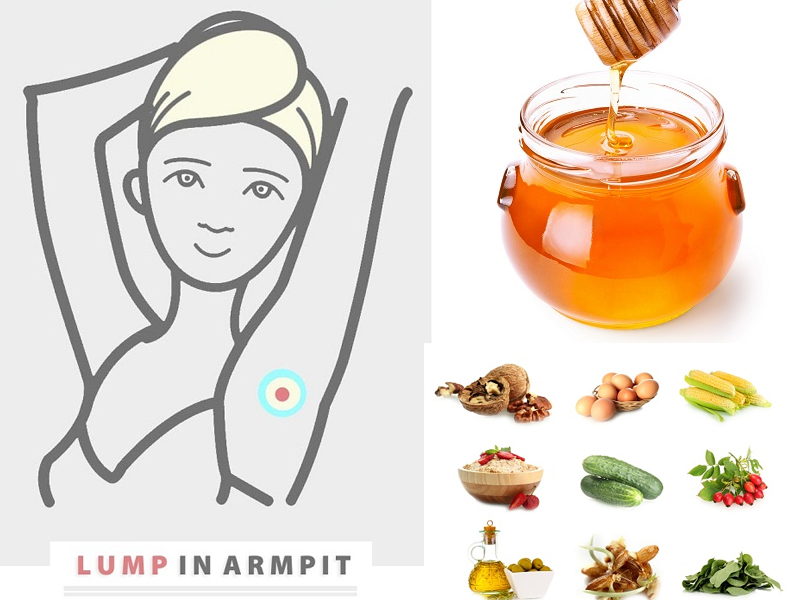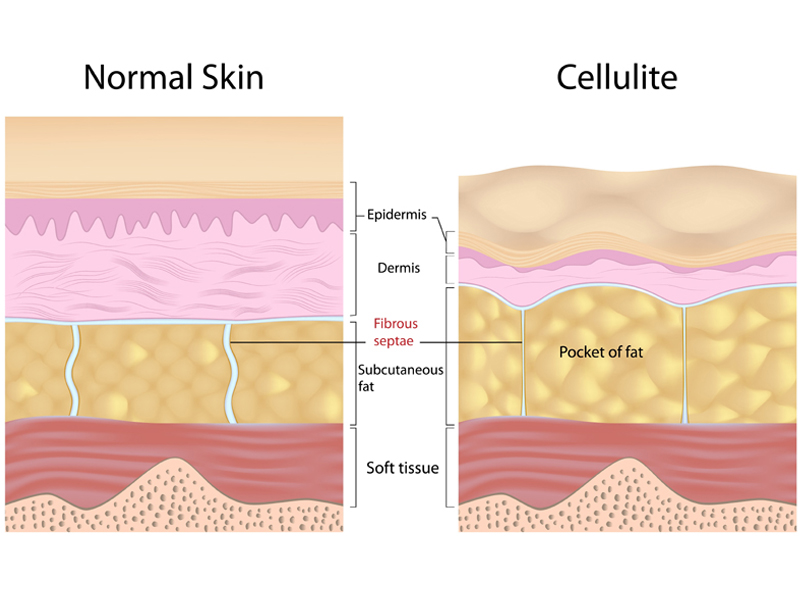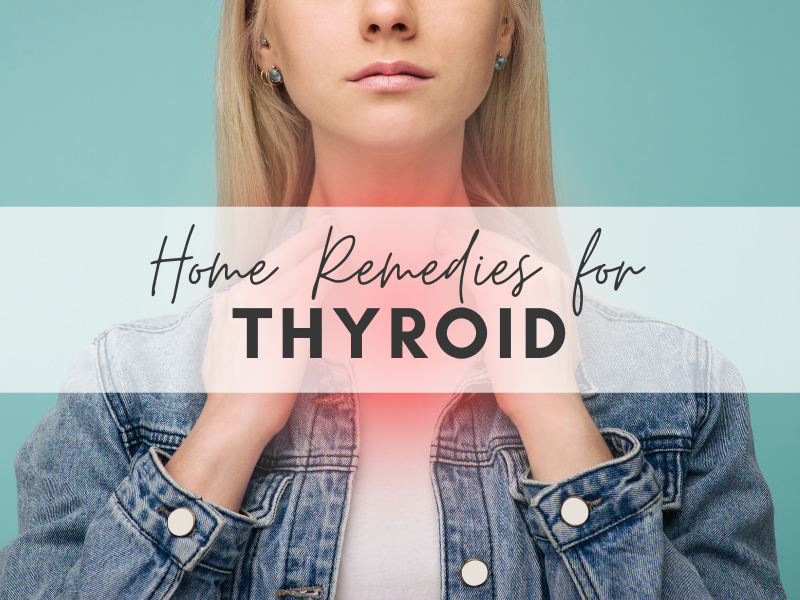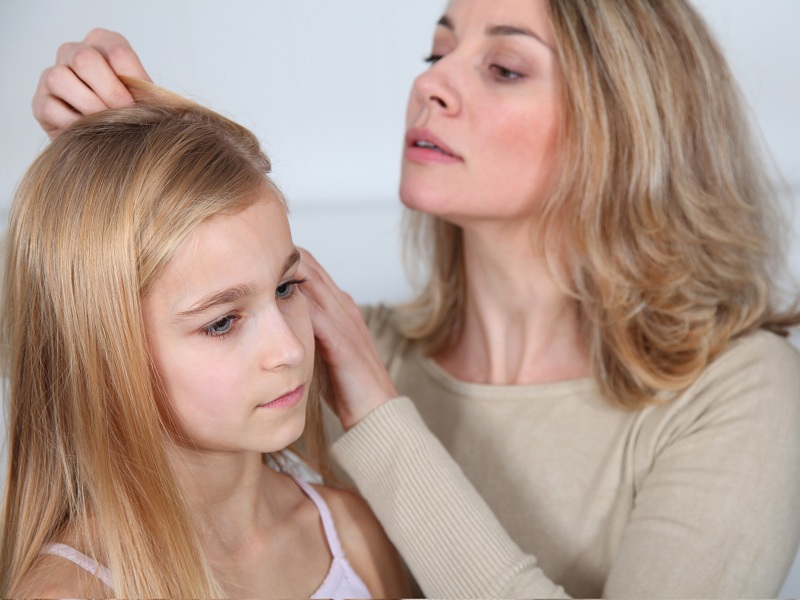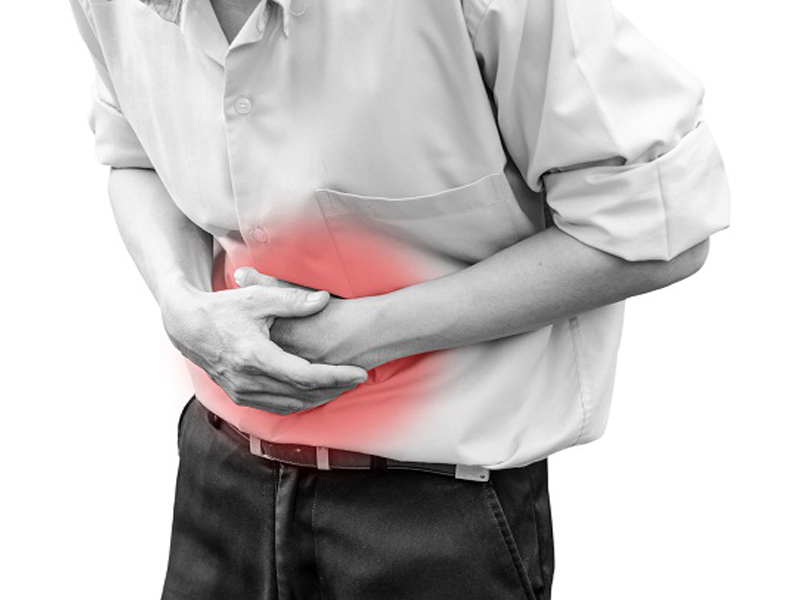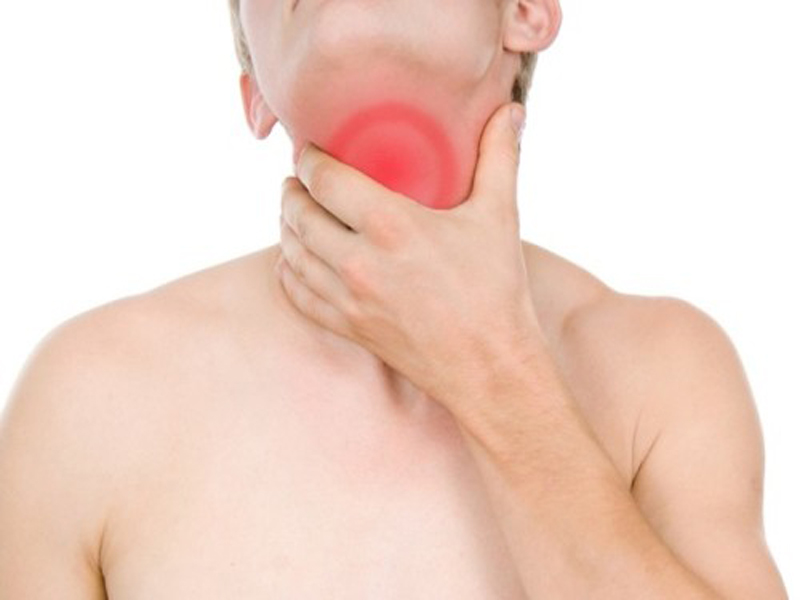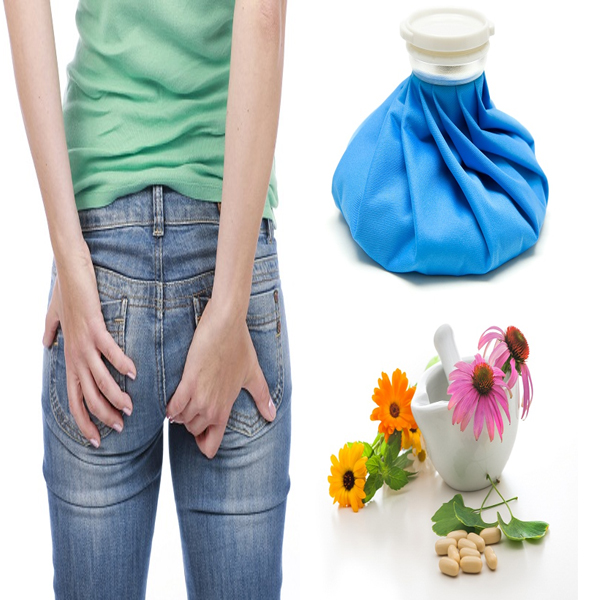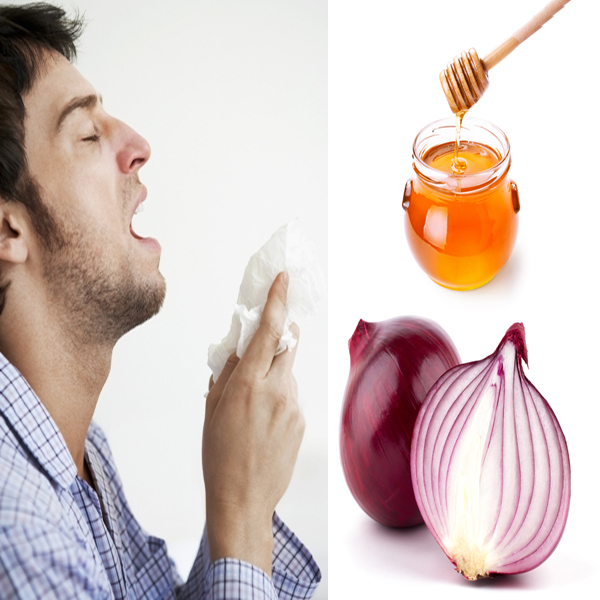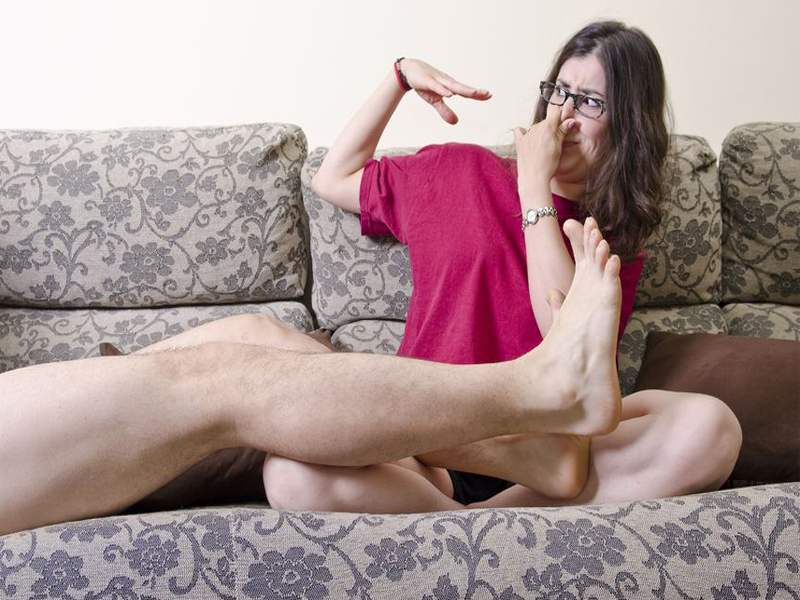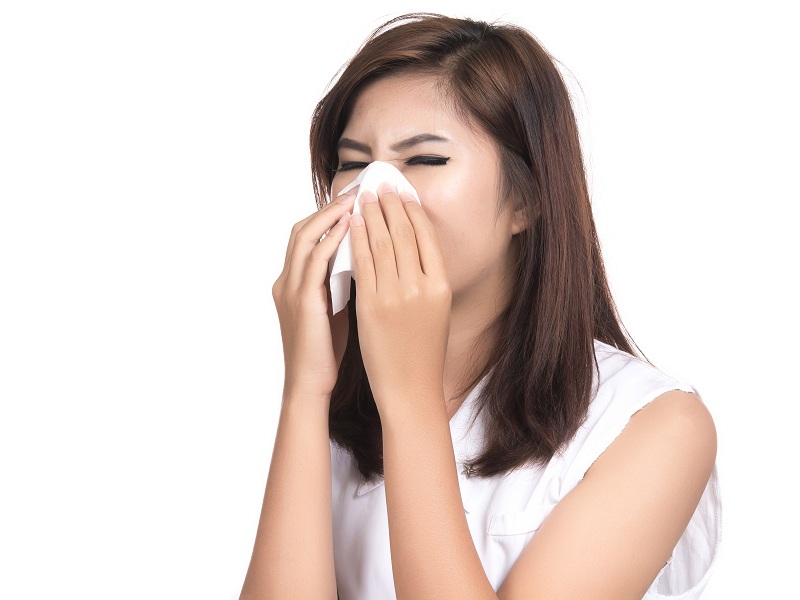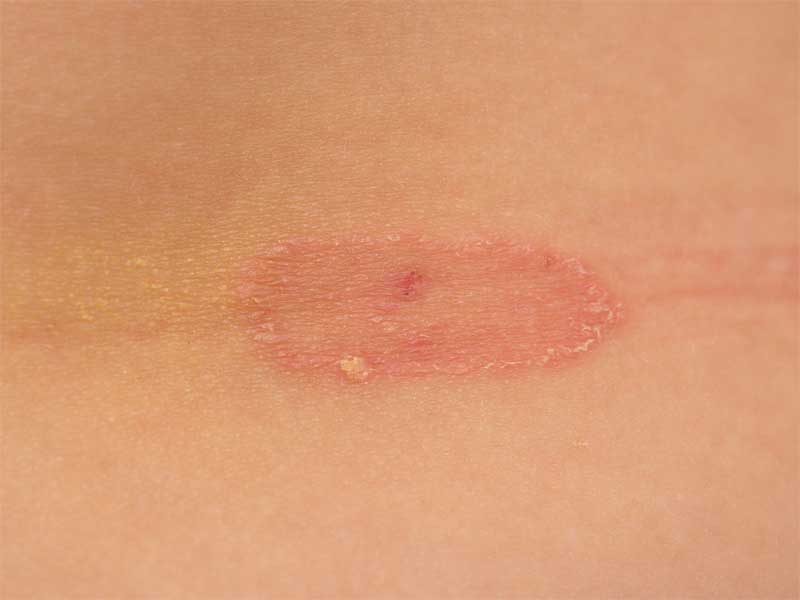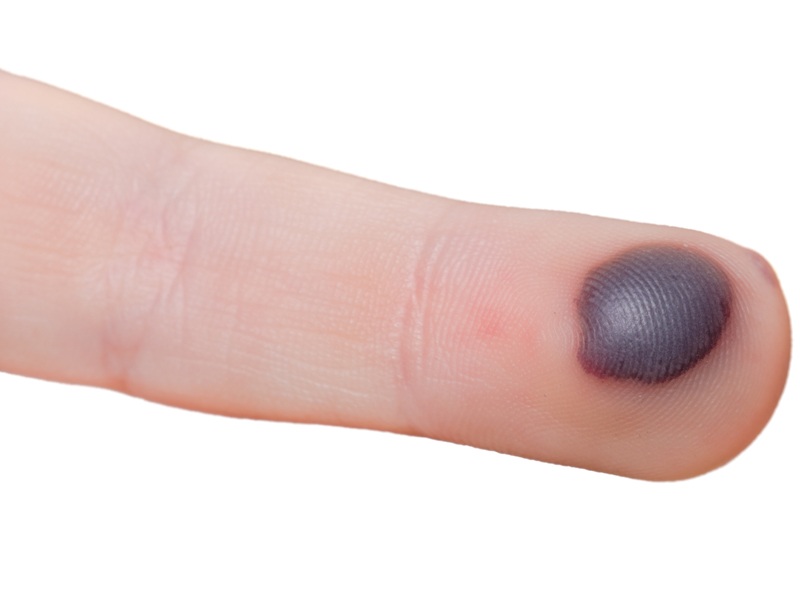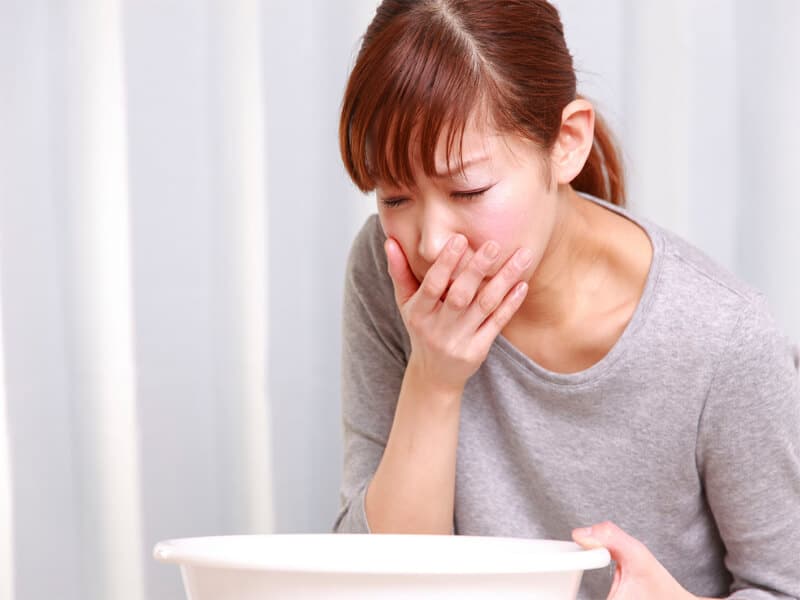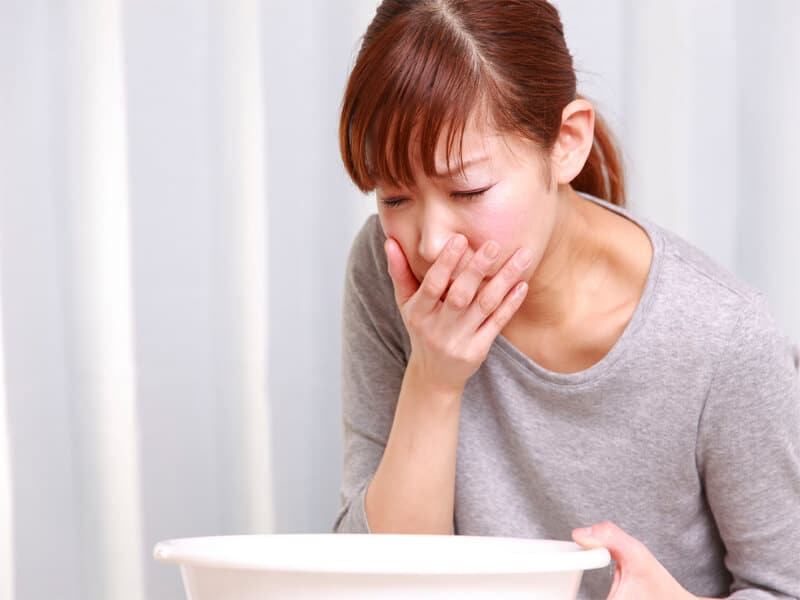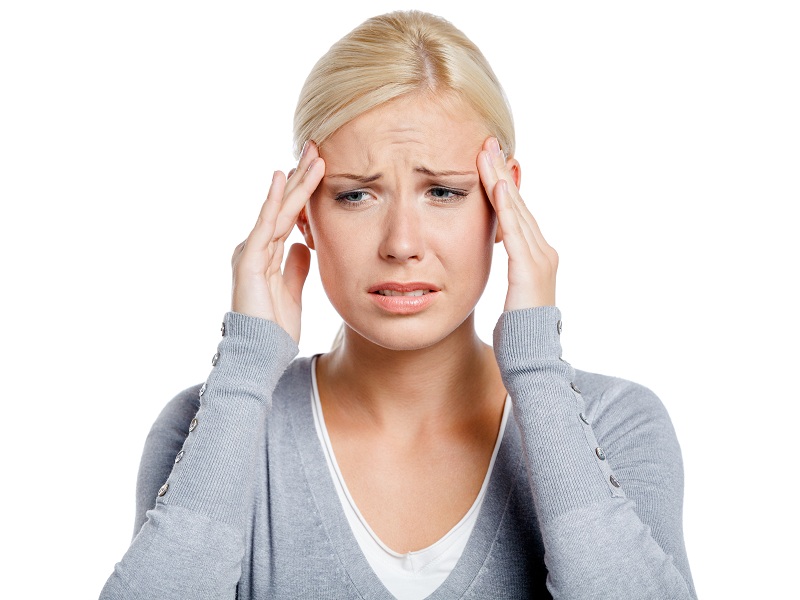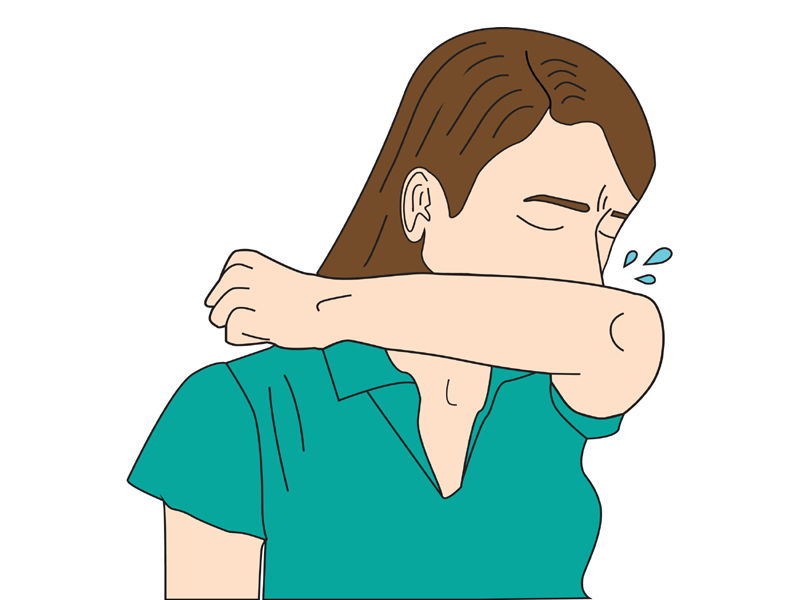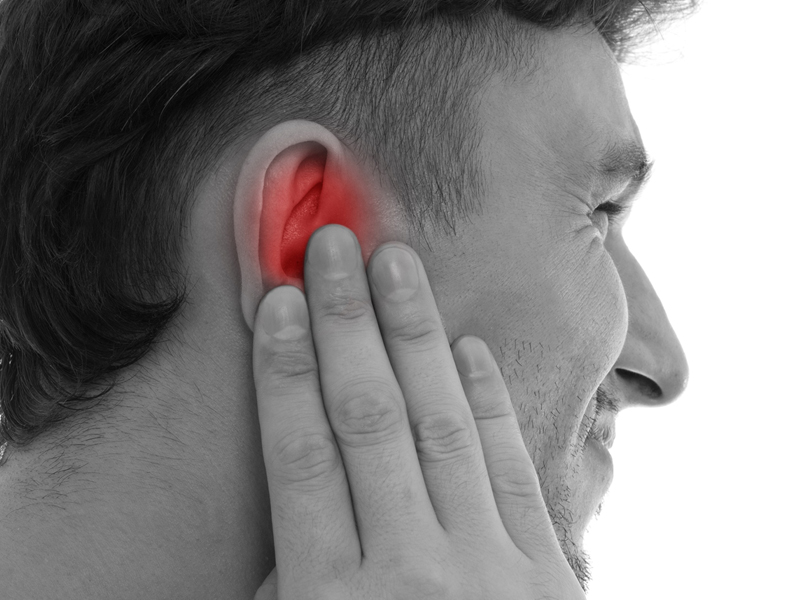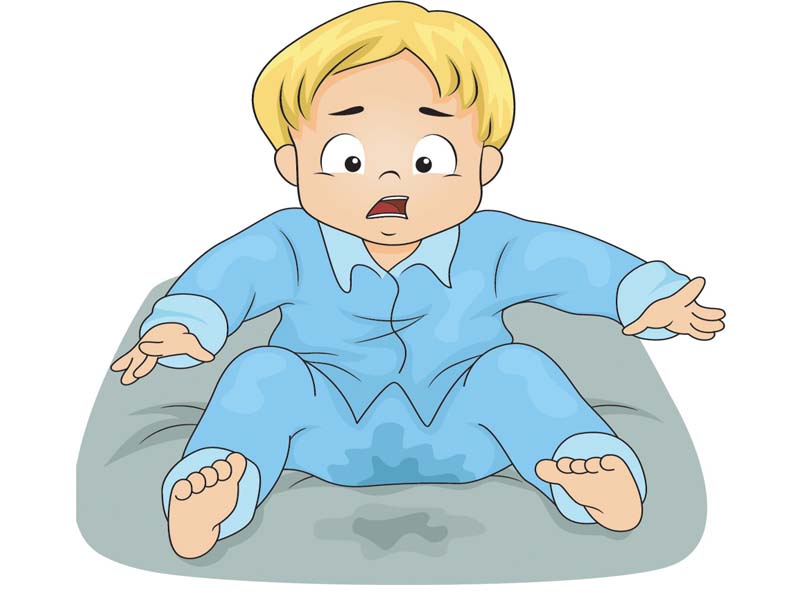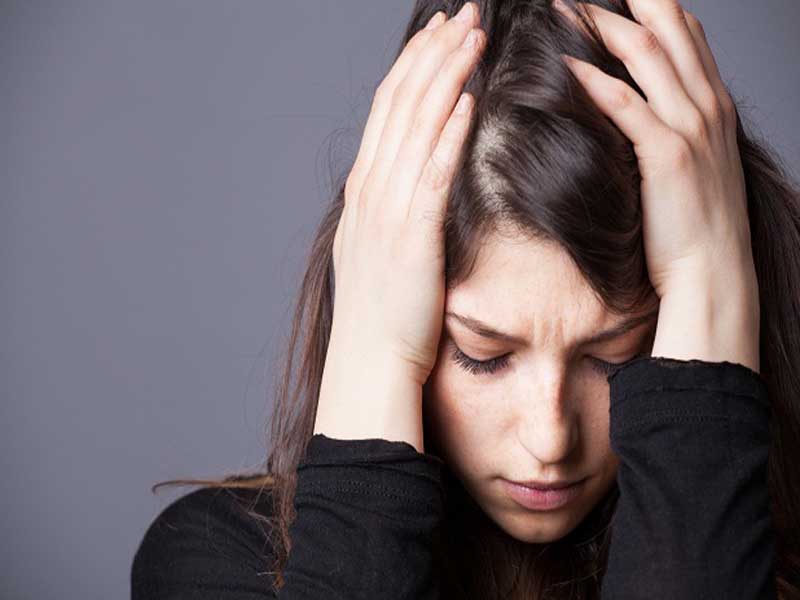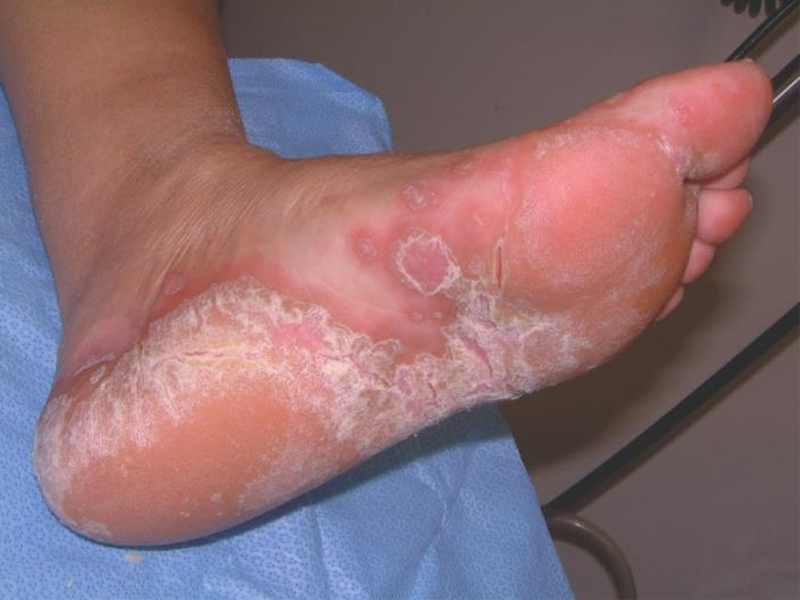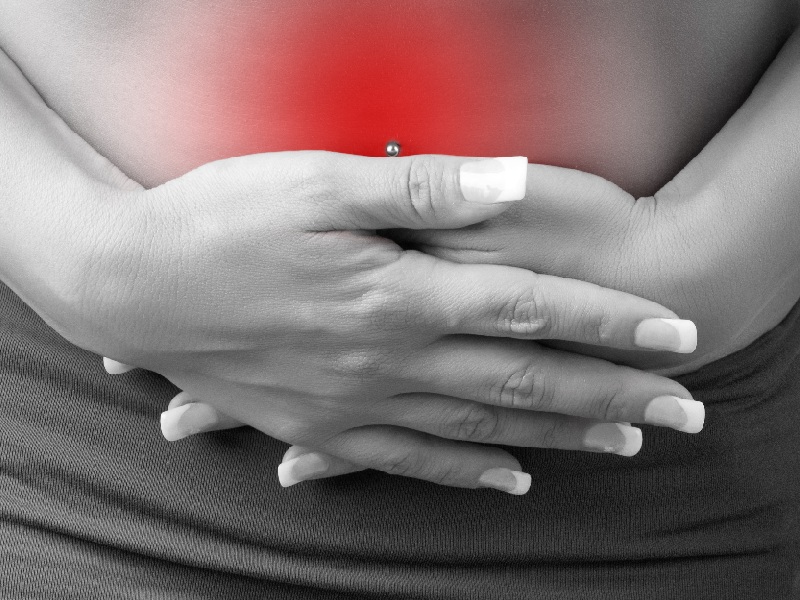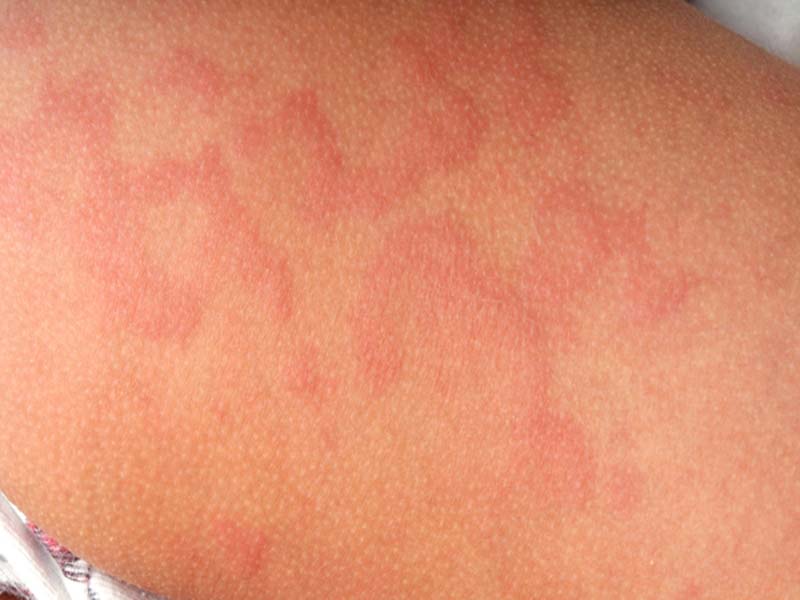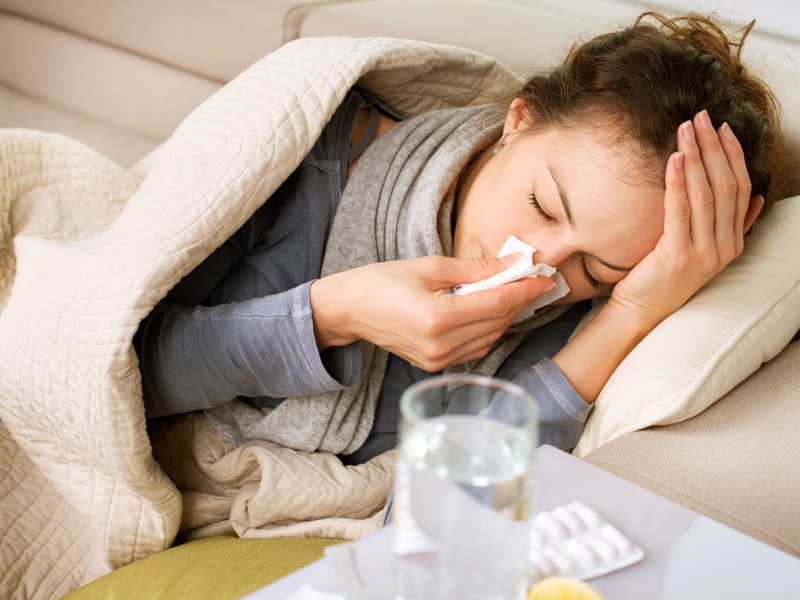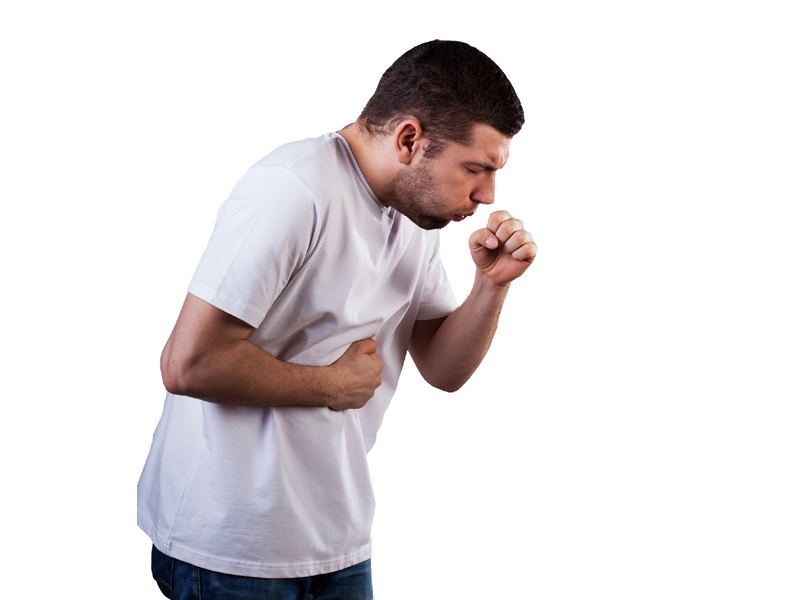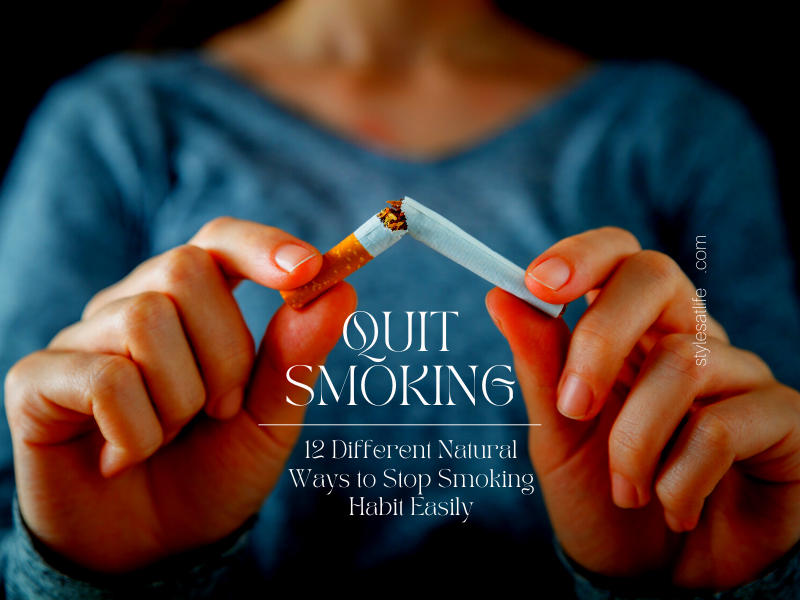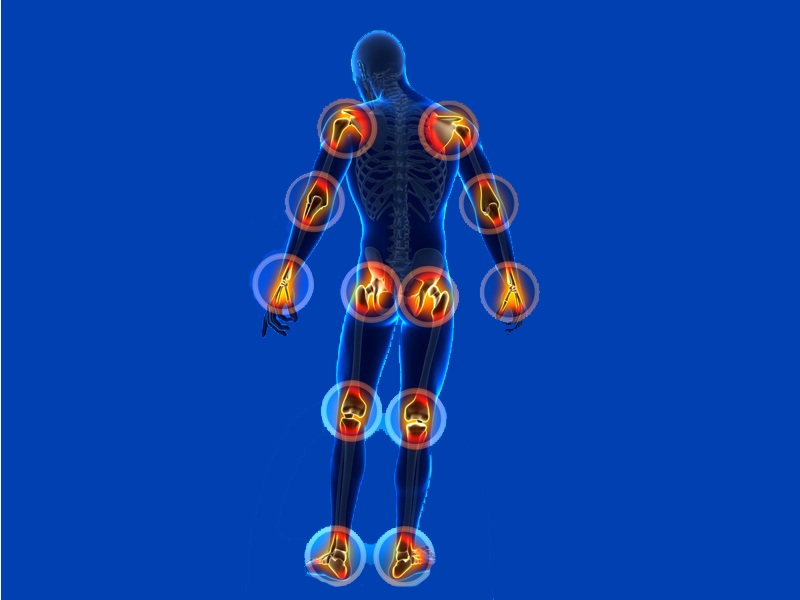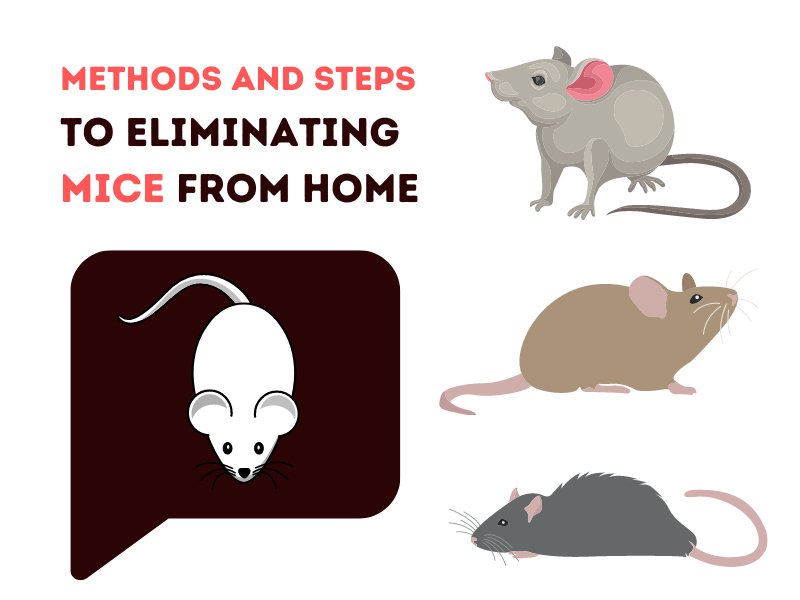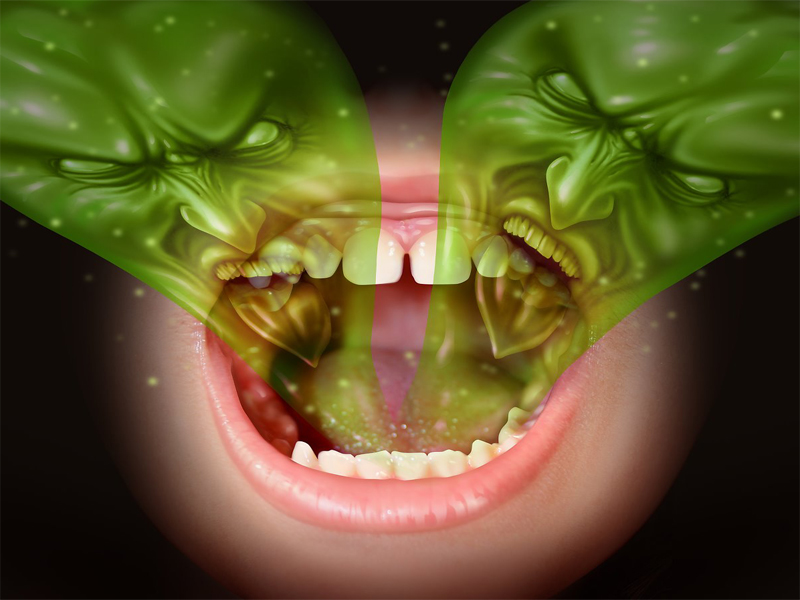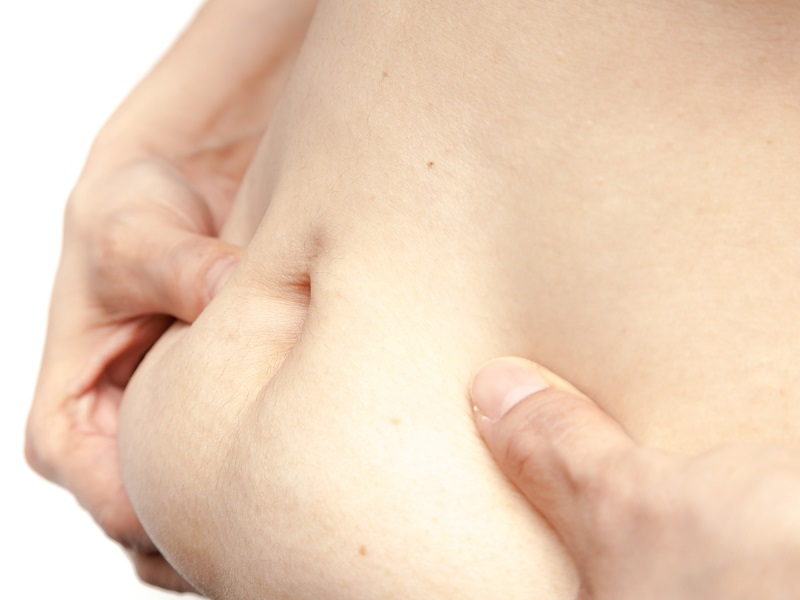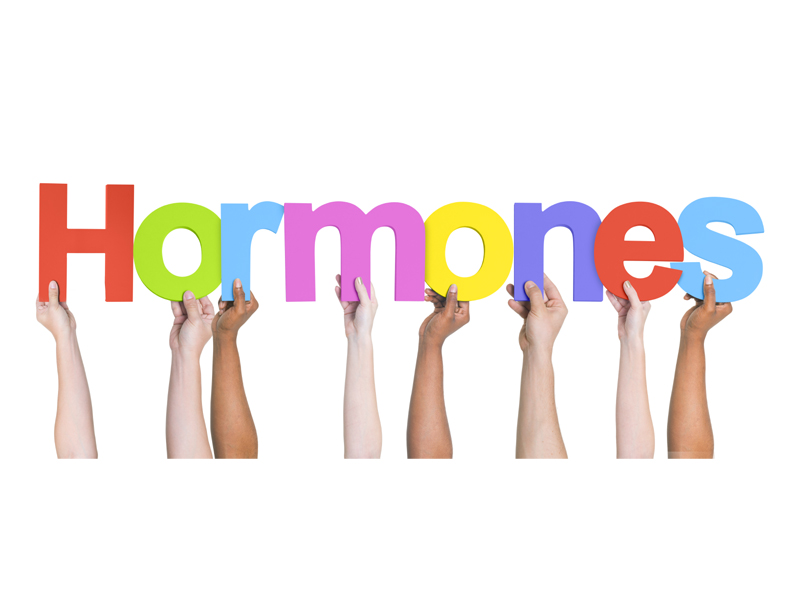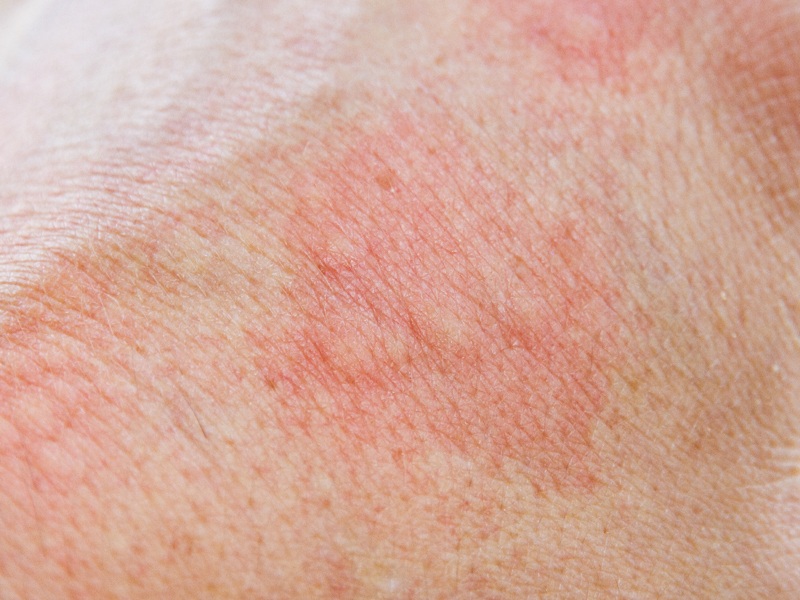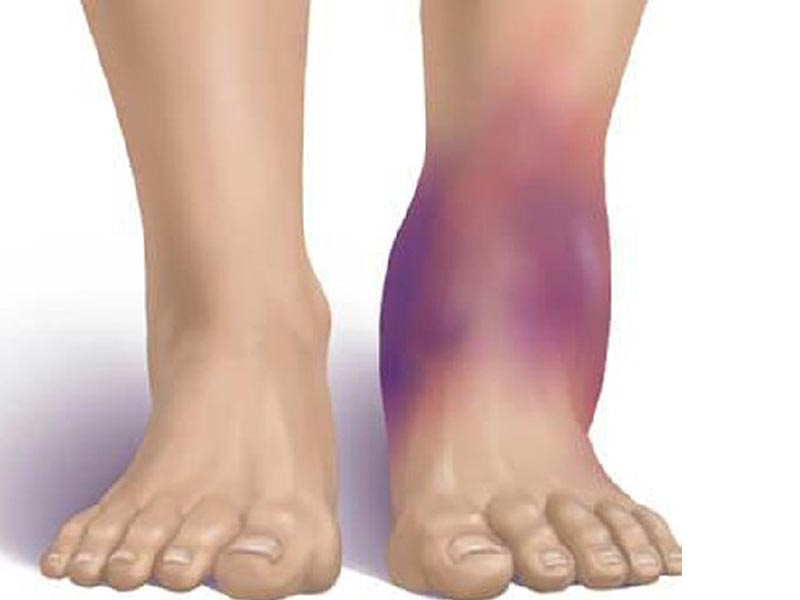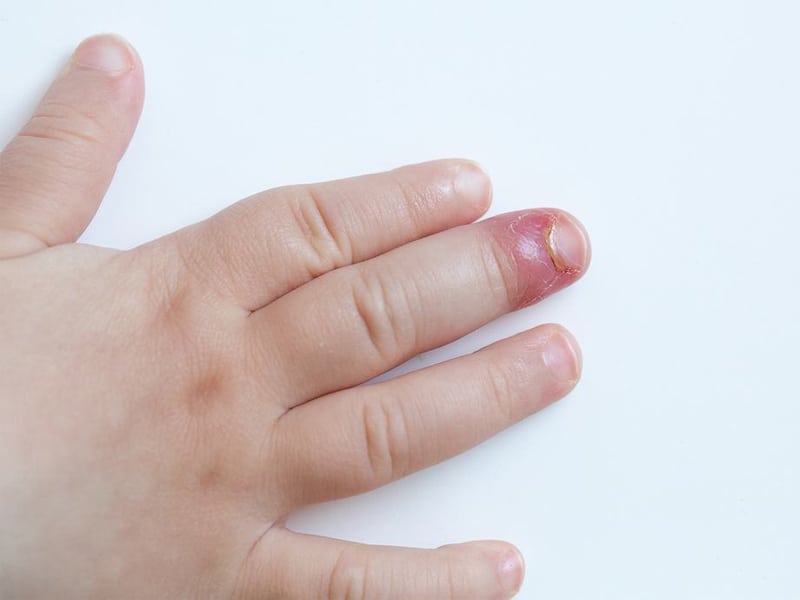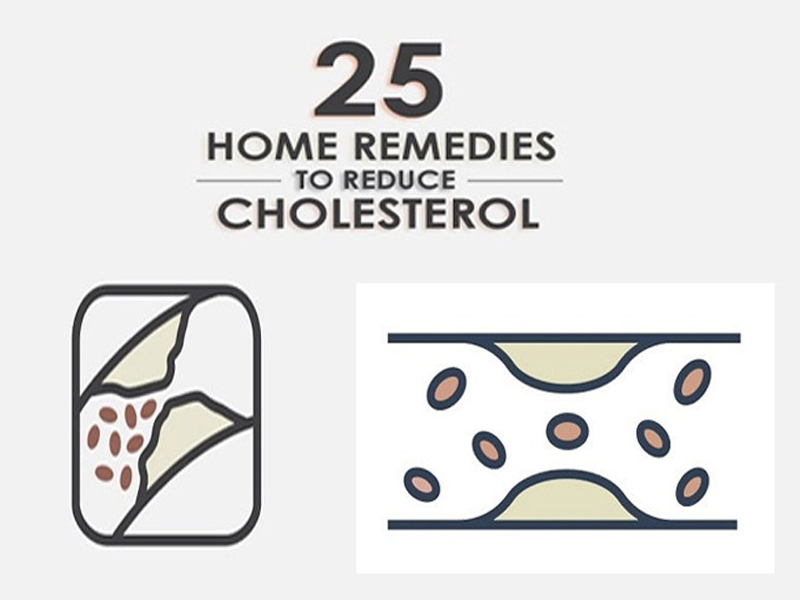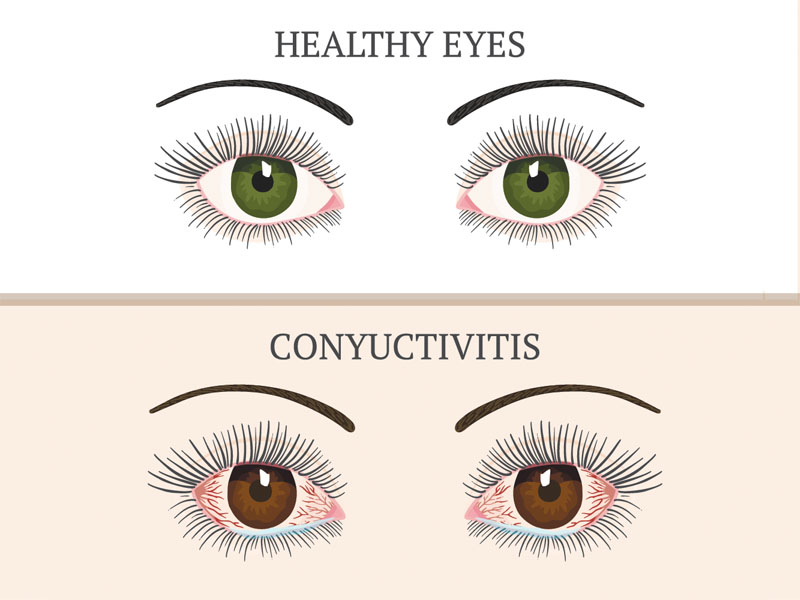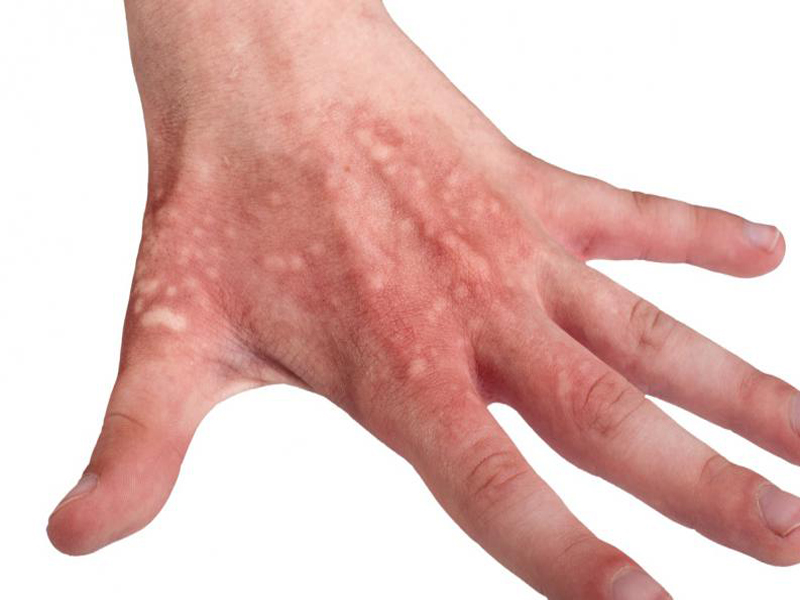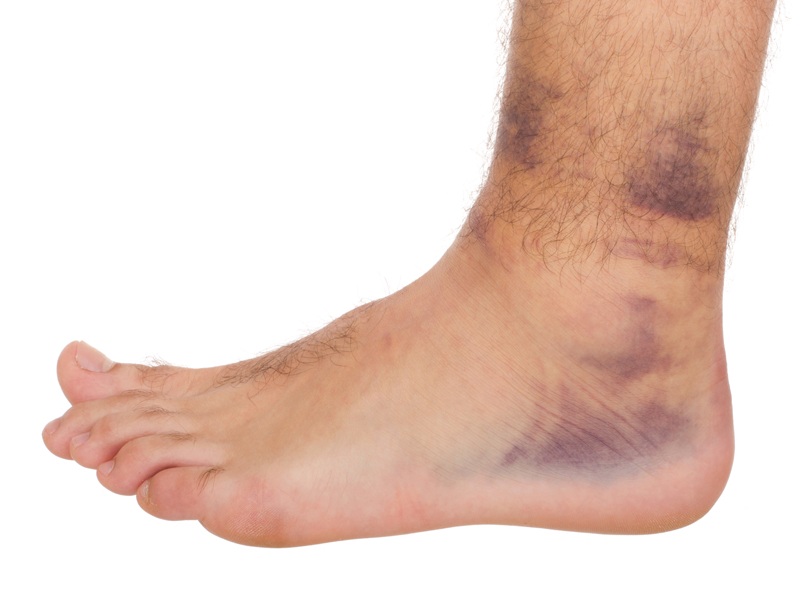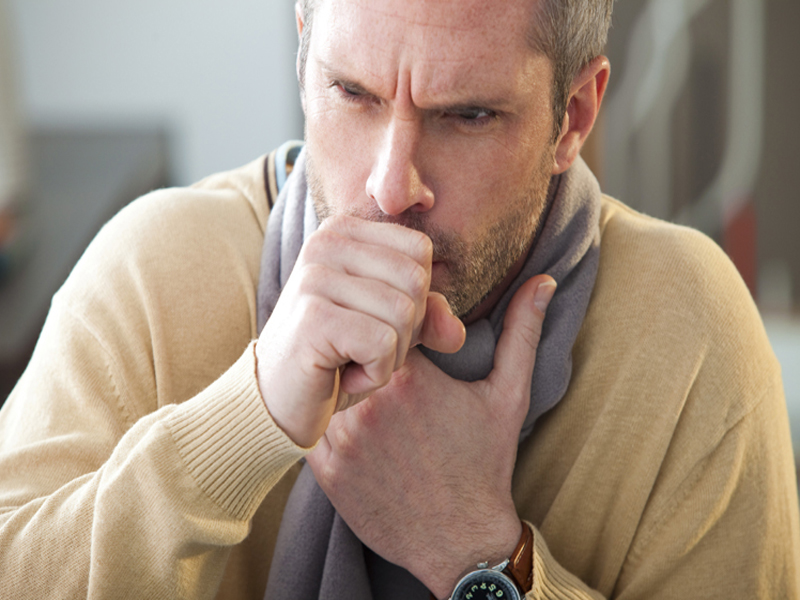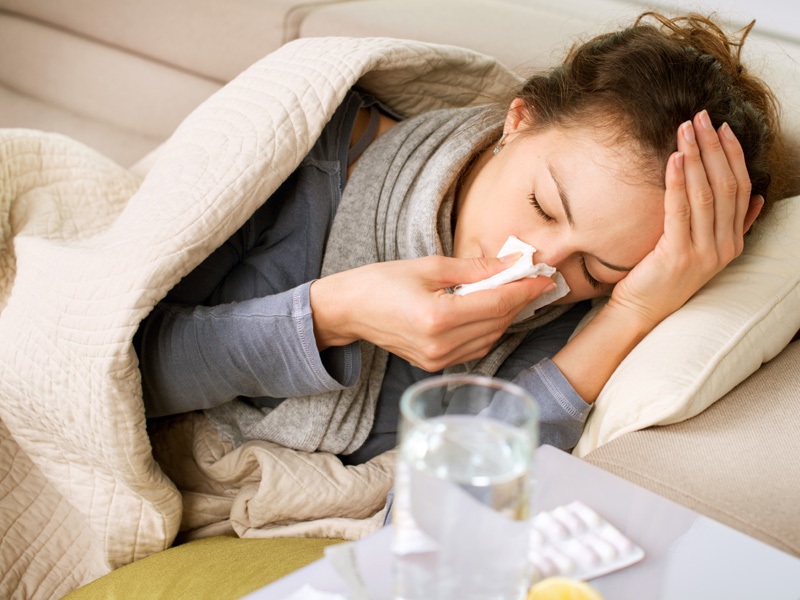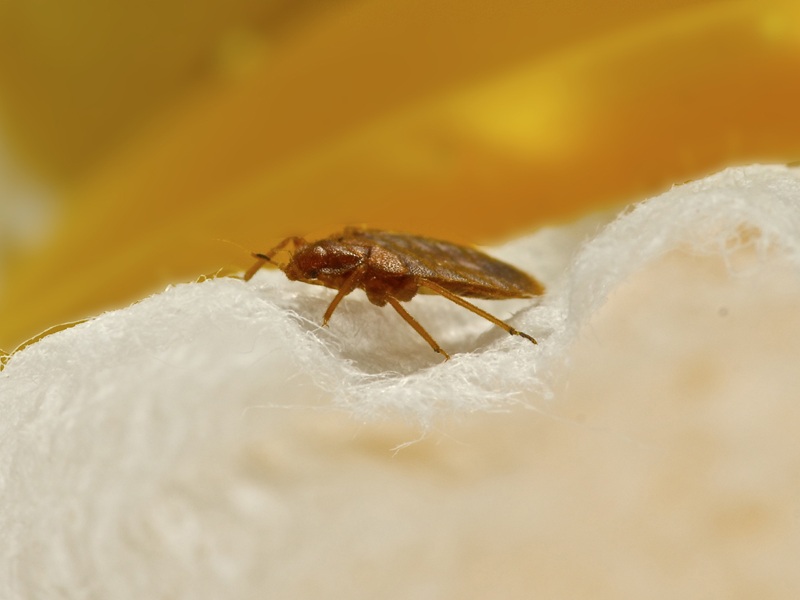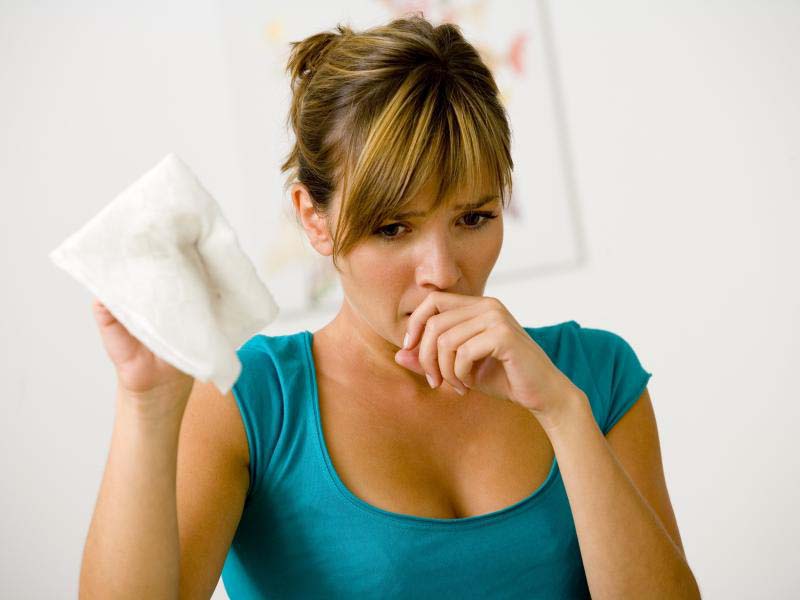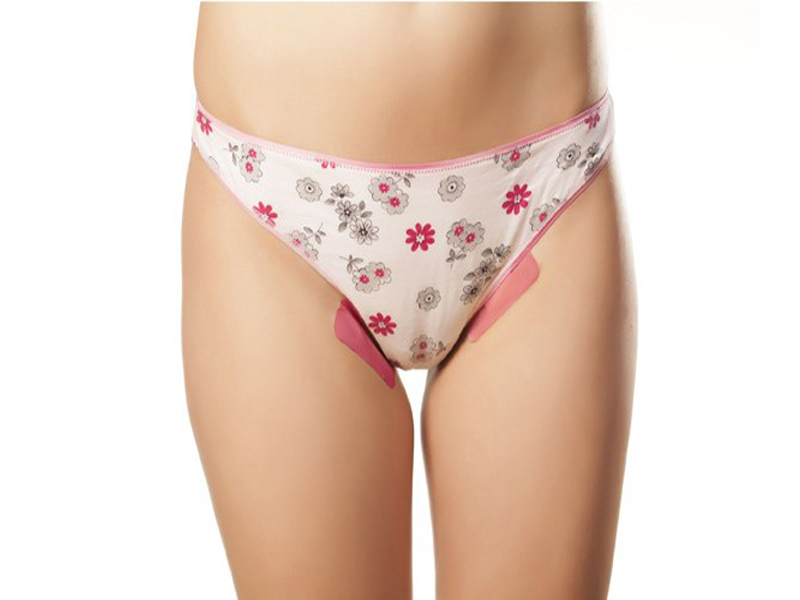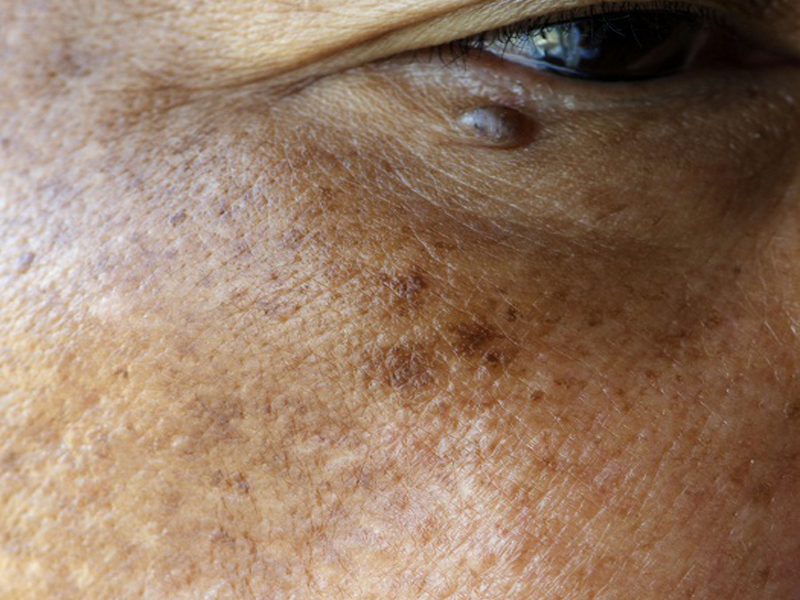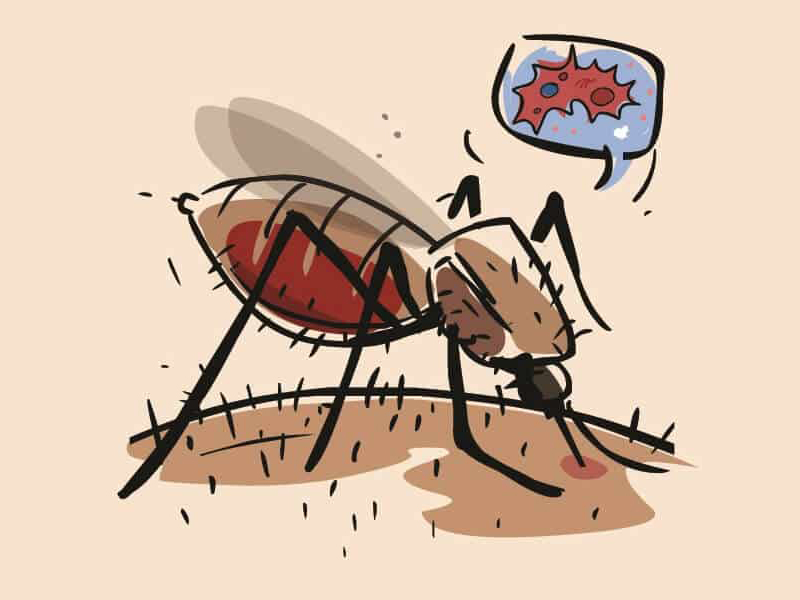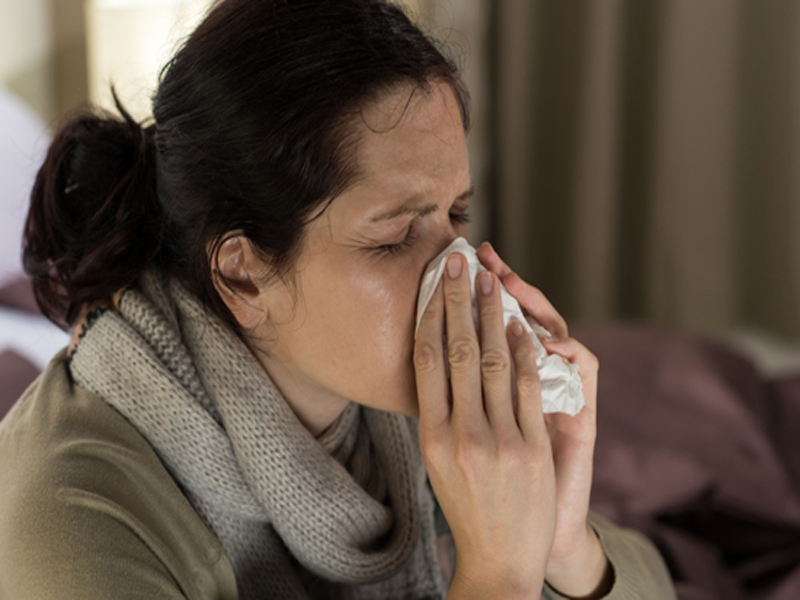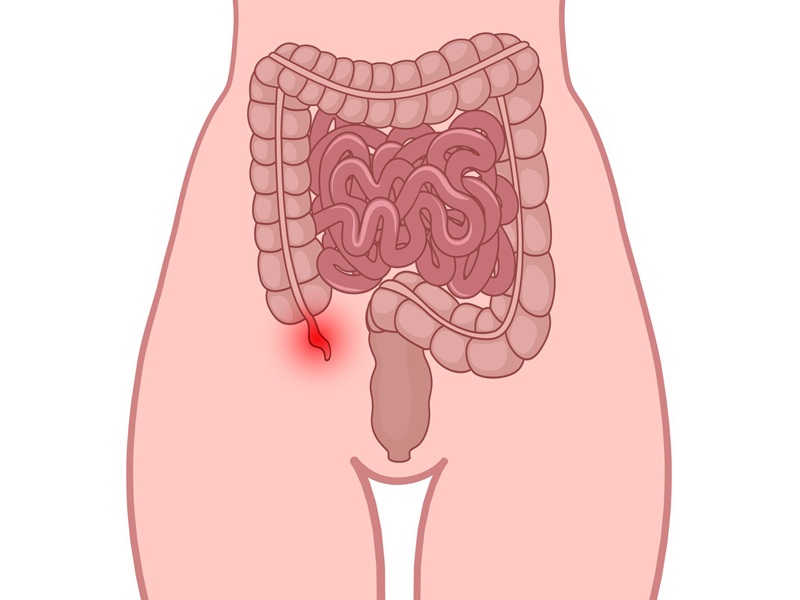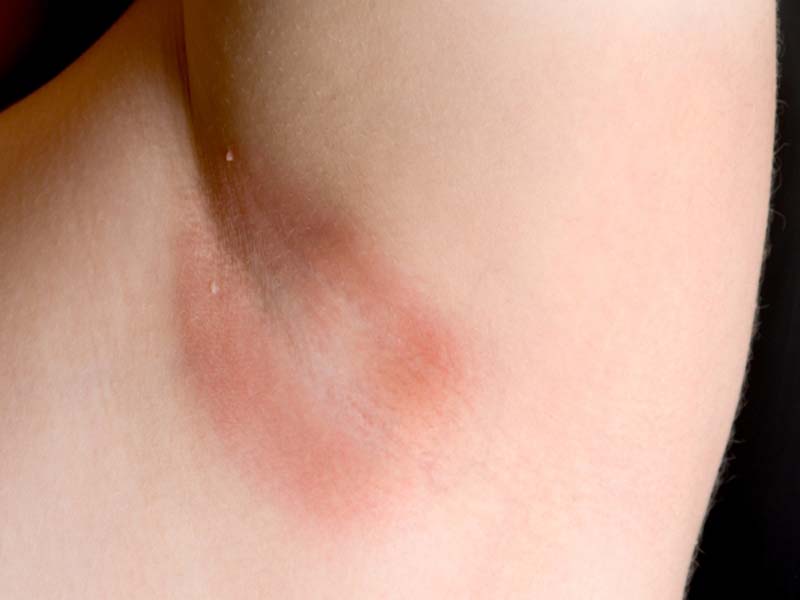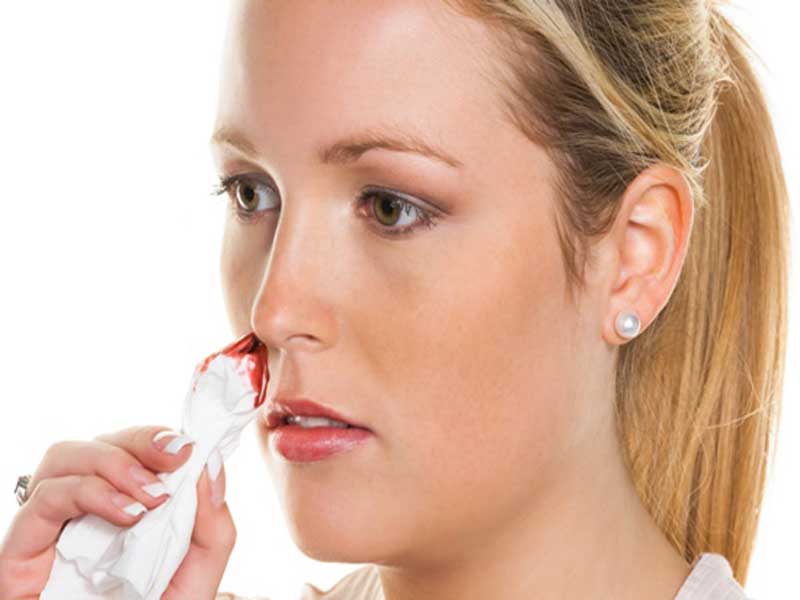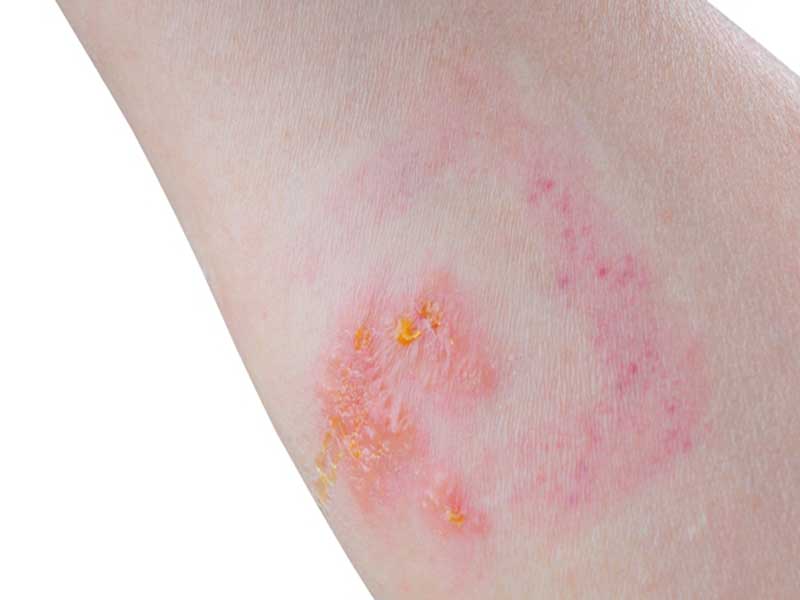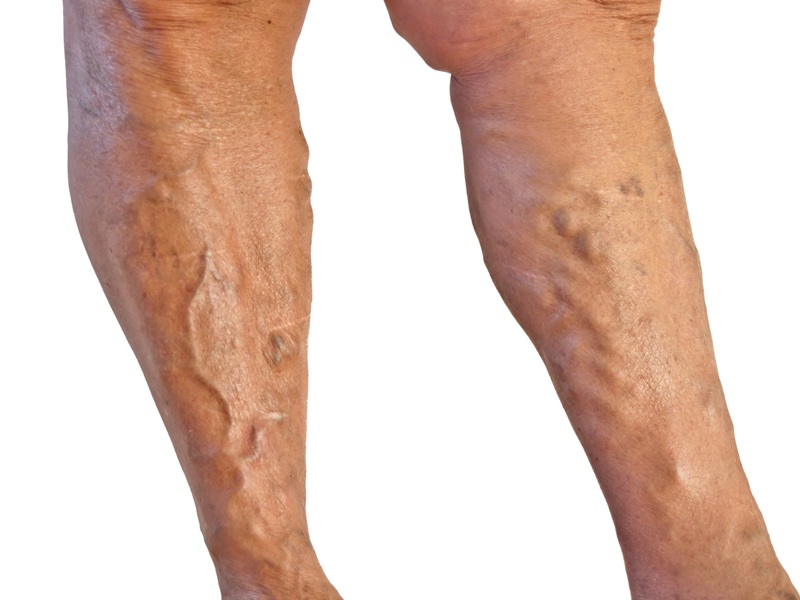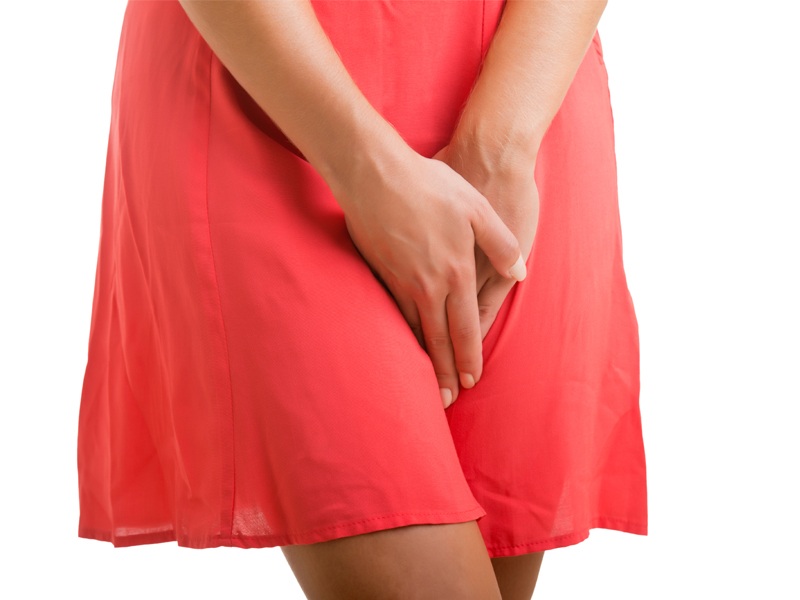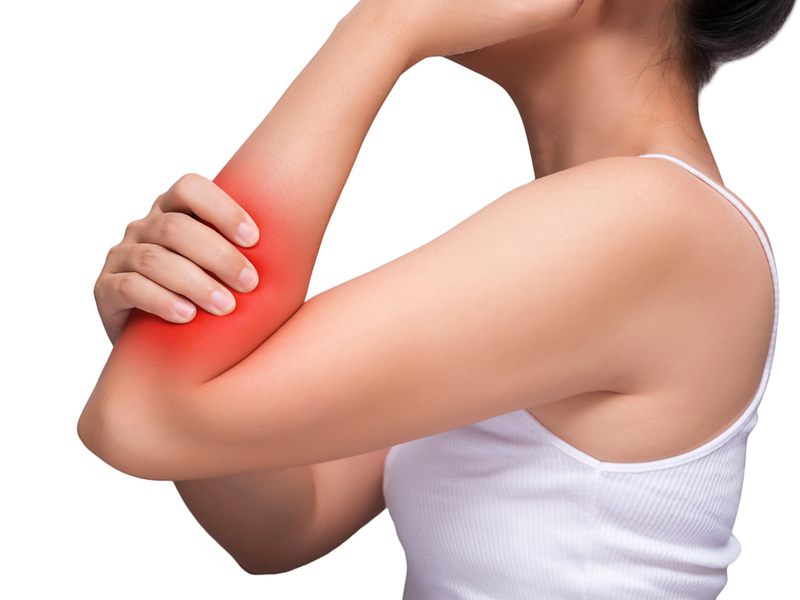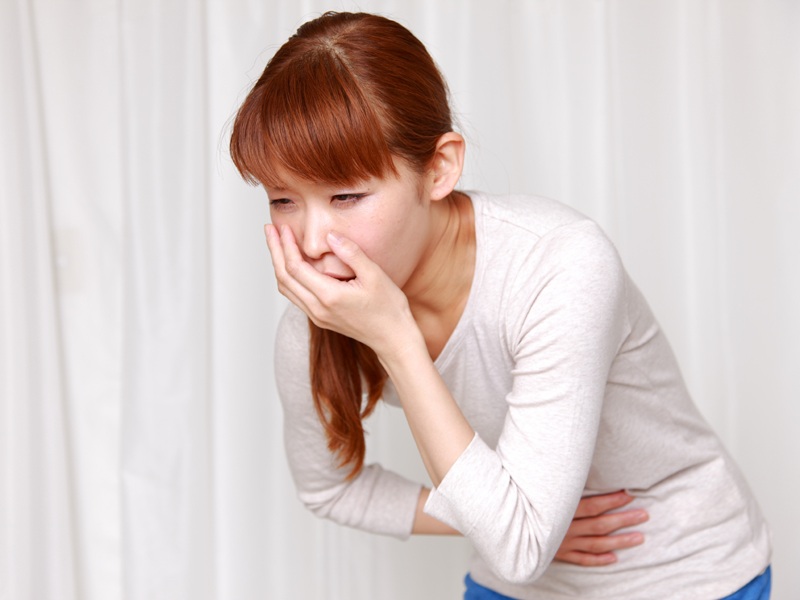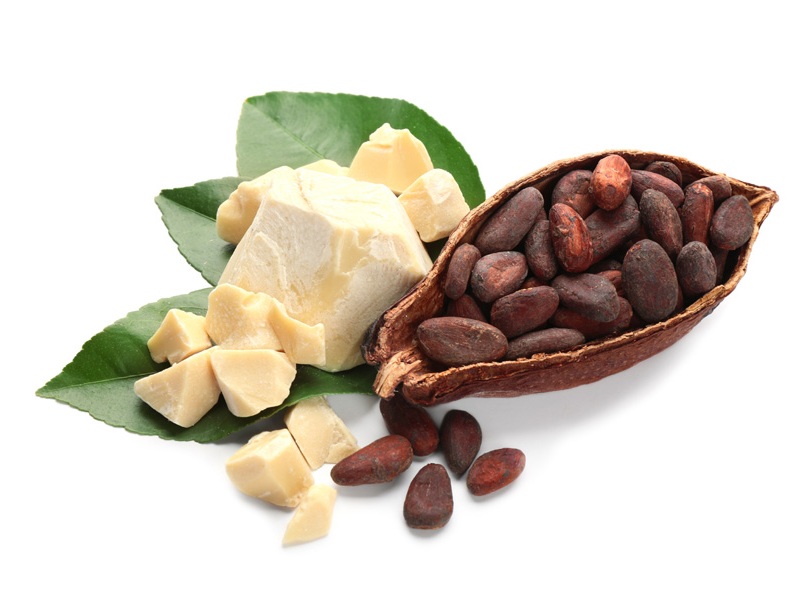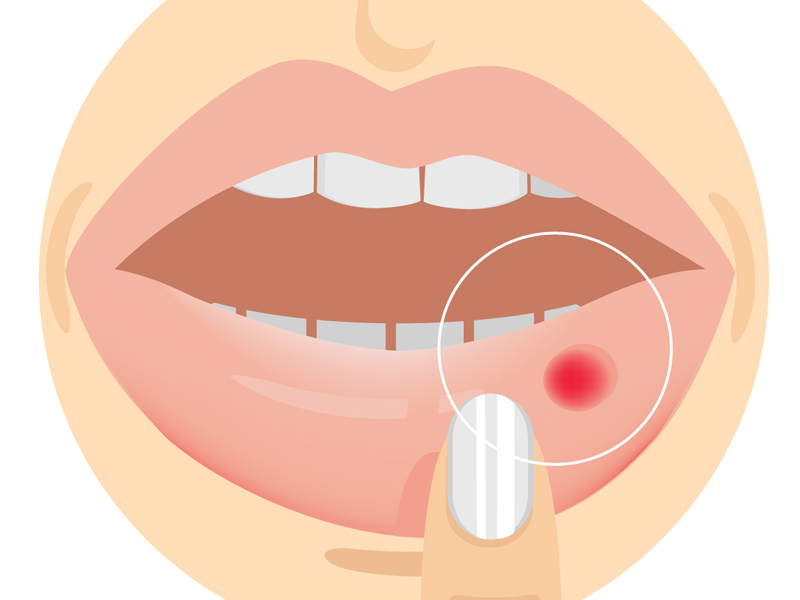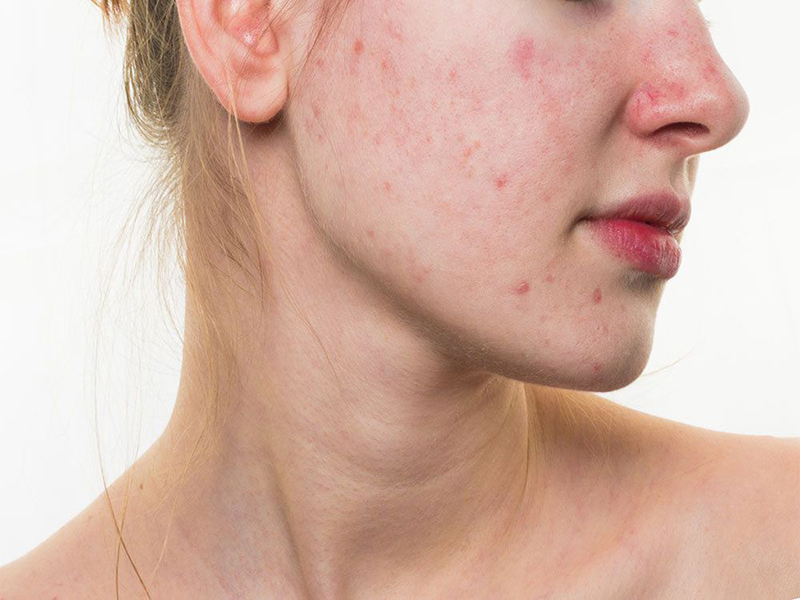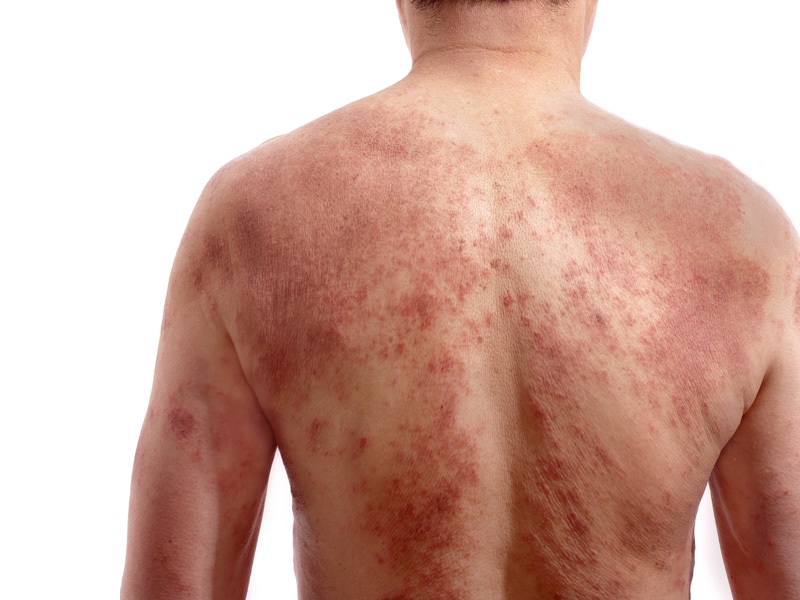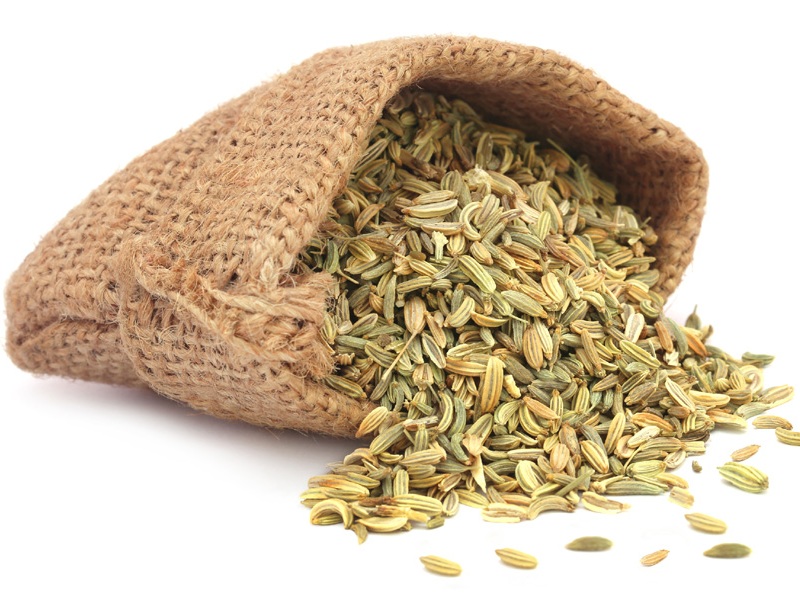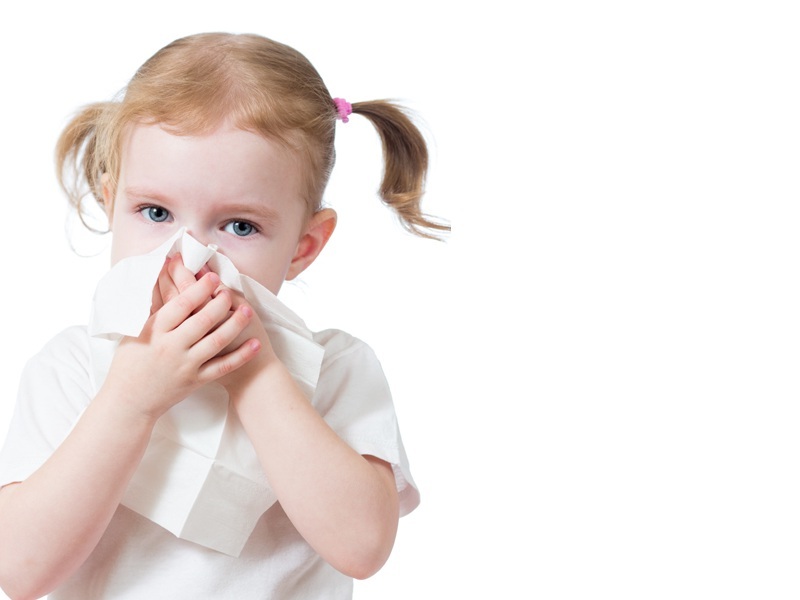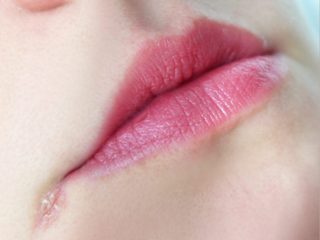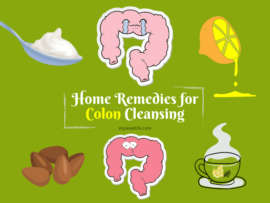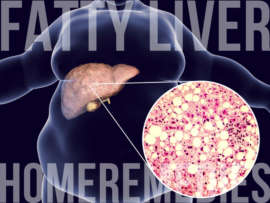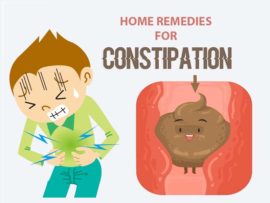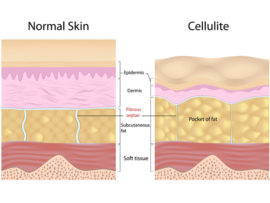Bees are an integral part of the food cycle. Bee hives are not a rare sight. A bee or two losing their way into our homes can delight us and scare us at the same time. The frightening part of these tiny little creatures is their painful sting. As curious as we are of bees, we also make sure to mind our distance. The sting of a bee can cause agonizing pain and sometimes even dangerous reactions. Though there are a number of modern medications to treat bee stings, home remedies for bee stings are very effective and easily available too.
Let us understand more about bee sting and some top natural remedies.
Table of Contents
- What Happens When Bee Stings?
- Symptoms of Bee Sting
- Allergic Reactions of Bee Sting
- Home Remedies for Bee Stings
- Bee Venom as Medicine
- Risk Factors
- When To See a Doctor
What Happens When Bee Stings?
Though bee stings are not rare, bees, i.e. bumblebee, honey bee or sweat bee, only sting when they sense danger or when their hives are being threatened. A bee sting can cause different kinds of reactions from mild to severe; a severe allergic reaction may even lead to death. Bee venom contains a chemical called melittin and a compound called histamine. Melittin is a toxic chemical which destroys the cells, including red blood cells, by breaking up the cell membranes. This causes swelling and redness in that area. And histamine causes inflammation and tenderness. One harmful aspect of bee venom is that it spreads quickly inside the body due to its water soluble nature.
Bee and wasp stings are both quite painful. When a bee or wasp stings, the venom sac contracts and releases venom into the tissue through the stinger. The wasp stinger is smooth, it can sting repeatedly and go away, but the bee stinger is barbed, so its stinger gets stuck behind when it flies off. Along with its stinger, part of its abdomen, nerves and muscles also get teared behind. This causes a massive rupture in the bee’s body leading to its death in a few minutes. Yes, you read it right, when a bee stings, death may not be certain for us, but it is certain for the bee.
Symptoms of Bee Sting
There is a severe disadvantage of their stinger being stuck in the tissue. It keeps digging deeper into the tissue and pumping venom for some minutes. In most cases, where the victim is non-allergic to bee venom, the sting only causes mild to moderate localized reactions which disappear in a few hours or days. Let us look at some common symptoms of bee stings.
- Burning Sensation.
- Mild to severe pain.
- Itching.
- Redness.
- Soreness.
- Swelling.
- Red hives at the affected area for a few hours or sometimes a week.
- Redness spreading across 12 inches of the affected area, in extreme cases.
- Swelling of the entire extremity lasting for a few days, in extreme cases.
Sometimes, a swarm of bees can sting us in a group resulting in multiple stings which leads to greater accumulation of venom and induction of a more toxic reaction. This must be considered a medical emergency when it happens to children or adults with heart conditions or breathing troubles. The symptoms of multiple bee stings include:
- Fever.
- Nausea or vomiting.
- Diarrhea.
- Vertigo, dizziness or fainting.
- Headache.
- Convulsions.
Allergic Reactions of Bee Sting
Though bee stings are generally harmless and the symptoms disappear in a few days, at the most, bee venom can result in life threatening reactions if you are allergic to it, and most of us are not. About 3% of the victims are allergic to bee stings and around 0.8% of them show life threatening symptoms, a severe allergic reaction is called anaphylaxis which needs to be treated immediately. Any allergic reactions to bee sting must be treated with emergency medical care. Let us look at some symptoms of allergic reactions:
- Skin reactions like reddish hives and itching.
- Swelling of the throat, lips, tongue, around the eyes.
- Loss of consciousness or fainting.
- Difficulty in swallowing.
- Difficulty in breathing or wheezing.
- Diarrhea, nausea or stomach cramps.
- Weak or rapid pulse.
Bee Sting in Babies and Pregnant Women:
When pregnant women or babies are not allergic to the bee sting, they only develop mild or moderate reactions which can be treated effectively with home remedies or medications. But if babies or pregnant women show allergic reactions to the bee sting, then it is a serious medical emergency and must be attended immediately by a doctor, especially to avoid complications in pregnancy.
Home Remedies for Bee Stings
Honey | Apple Cider Vinegar | Tooth Paste | Baking Soda | Onion | Essential Oils | Epsom Salt | Garlic | Aloe Vera | Ice
Let us look at the various natural remedies for treating bee sting:
1. Honey:
Honey is rich in medicinal properties and is a very good cure. It is one of nature’s best anti-bacterial and has a high regard in ancient Indian medicine. It also has high anti-inflammatory properties. Honey helps to reduce inflammation and redness. It also helps in healing the wound quickly.
Ingredients Required:
- Organic honey, as required.
How to Use:
- Apply fresh organic honey on the wound.
- Leave it on for at least half-hour.
2. Apple Cider Vinegar:
Apple cider vinegar is very effective in treating many conditions, including bee sting. It helps in relieving the swelling and pain by neutralizing the toxic compounds of bee venom. You must make sure to use raw apple cider vinegar rather than the processed ones. Processed vinegar tends to lose much of its natural properties in the processing, thus making it less effective. Apple cider vinegar is the best honey bee sting home remedy.
Ingredients Required:
- Raw apple cider vinegar, as required.
How to Use:
- Take some cotton and soak it in some raw apple cider vinegar.
- Soak until it is absorbed enough.
- Dab it on the sting site for a few minutes.
- Repeat after an hour, if required.
See Also: Simple Remedies For Mosquito Bite
3. Tooth Paste:
Toothpaste can be called one of the inexpensive remedies of the bee sting. Toothpaste has shown very effective results in treating bee sting symptoms. It is alkaline in nature and is found to reduce the acidic and toxic effects of bee venom.
Ingredients Required:
- Toothpaste, as required.
How to Use:
- Apply some toothpaste on the wound gently.
- Leave it on the wound for at least 20 mins before washing off.
- Repeat if necessary.
4. Baking Soda:
Baking soda is very good at neutralizing bee venom as it is alkaline in nature. It helps in soothing the pain and burning sensation and relieving inflammation and itching caused by the sting.
Ingredients Required:
- Baking soda, as required.
- Water, as required.
How to Use:
- Take some water and baking soda to make a thick paste.
- Apply this paste on the sting area.
- Cover the wound with a soft cloth or bandage.
- Leave it on for at least 20 minutes.
- Wash off with cool water.
- Repeat after two hours, if required.
5. Onion:
Onions are very effective in treating insect stings, especially bee stings. Onion juice helps reduce swelling very well. It also helps very much in relieving pain and burning sensation.
Ingredients Required:
- Fresh onion juice, as required.
How to Use:
- Soak some cotton in fresh onion juice.
- Dab the cotton on the wound.
6. Essential Oils:
Essential oils are very effective herbal remedies in treating wounds due to their anti-inflammatory and medicinal properties. Many of the essential oils are antiseptic, anti-bacterial and anti-viral in nature. Essential oils like tea tree oil, lavender oil etc. can be used to relieve bee sting symptoms. Essential oils have to be mixed with a carrier oil like coconut oil, olive oil, sesame oil etc.
Ingredients Required:
- 5 drops of any essential oil.
- 3 tbsp of carrier oil like coconut oil, olive oil etc.
How to Use:
- Mix the essential oil and carrier oil thoroughly.
- Apply it on the wound gently.
7. Epsom Salt:
Epsom salt has high medicinal properties. It is very effective in treating bee stings. It helps in reducing the pain and swelling. Epsom salt also helps in expelling the remnants of bee stinger stuck in the skin.
Ingredients Required:
- Two tbsp. of Epsom salt.
- One cup of cold water.
How to Use:
- Mix Epsom salt in cold water.
- Soak some cotton in this mixture and dab it on the wound area.
8. Garlic:
Garlic is a very good ayurvedic remedy as it is high in anti-inflammatory and pain relieving properties. It is very effective in reducing the swelling and pain caused by the bee sting.
Ingredients Required:
- Fresh garlic juice, as required.
How to Use:
- Soak some cotton in fresh garlic juice.
- Dab the cotton on the wound.
See Also: Tips To Get Rid Of Bed Bugs
9. Aloe Vera:
Aloe vera gel is a very effective homemade remedy for insect bites and bee stings. It has anti-bacterial and anti-inflammatory properties, and it helps very well with the healing of the wound. It helps reduce swelling very well and give relief from pain.
Ingredients Required:
- Fresh aloe vera gel, as required.
How to Use:
- Apply aloe vera gel on the wound gently.
- Leave it on for at least 20 mins.
10. Ice:
Application of ice or cold compress is a very effective treatment for all stings. But before applying ice, you must remove the stinger and wash the wound thoroughly with water.
Ingredients Required:
- A few ice cubes.
- Cotton cloth.
How to Use:
- Take a few ice cubes in a thick cotton cloth and tie it to make a pack.
- Place this pack on the wound and hold for a few minutes.
- Repeat it for a few times.
Bee Venom as Medicine:
For centuries, bee venom has been used as medical therapy to treat various health conditions, especially chronic inflammatory diseases. Bee venom is a complex mixture of a number of compounds, especially melittin, apamine and adolapin. These compounds are found to contain anti-inflammatory, anti-bacterial, anti-viral, pain-relieving, anti-cancer and immuno-protective properties. In most cases, bee venom has found to be therapeutic due to the body’s immune reactions to these venom compounds. Bee venom has found to treat a number of conditions like:
- Arthritis and Rheumatism.
- Acne and wrinkles, scar tissue and burns.
- Lupus.
- Encephalomyelitis.
- Neurological diseases like Parkinson’s.
- Multiple Sclerosis.
- Gout.
- Shingles.
- Hay fever.
- Chronic injuries like tendonitis and bursitis.
- Muscle conditions like enthesitis and fibromyositis.
See Also: Ways To Get Rid Of Lizards From House
Risk Factors:
Let us look at some conditions that put you at a higher risk of getting stung by bees or developing an allergic reaction to the bee sting.
- Living in areas with lots of bee hives or active bees.
- Activities or work near woods or outdoors.
- People with weak immune system or conditions that lower the immunity levels, which may increase the risk of infection due to the sting.
- History of allergic diseases like asthma, hay fever etc.
- History of an allergic reaction to bug or insect sting. (1)
When to See a Doctor?
Though mild symptoms can be treated effectively with home remedies, if the patient is showing allergic reactions like difficulty in breathing, swelling of tongue and throat, dizziness and passing out, vomiting, wheezing, fever etc., he/she must be attended by a medical doctor immediately. Medical attention is also needed if the wound develops an infection and when the symptoms are not relieved even after a few days.
You must understand that bee stings are common and harmless unless you are allergic. It is always good to take our own precautions when outdoors in areas prone to active bees like wearing shoes and light coloured clothes. Though there are many modern medications, home remedies for bee stings are very effective treatment methods and are worth a try, but in case of allergic signs, you must consult a doctor right away. You must avoid scratching the wound as it may increase the itching and swelling. Scratching also increases the risk of infection.
Disclaimer: The information given in this article is well-researched and factual. However, before trying any remedies or tips, check with a physician if you are prone to allergies or have sensitive skin.
FAQs:
1. How can I know if I am Allergic to the Bee Sting?
Most of us do not know that we are allergic to something until we are exposed to it. It is the same case with a bee bite. If a bee stings you and you develop immediate anaphylaxis symptoms like dizziness, swollen tongue, throat or eyes, difficulty in breathing, hives and rashes, loss of consciousness etc., then you are most likely allergic and need to consult a doctor immediately.
2. How to Remove the Bee Stinger from My Skin?
As bees leave their stinger inside our skin which keeps administering bee venom into us even after the bee leaves, it is very important to remove the stinger immediately. If you have a tweezer handy, you can use it to remove the stinger perfectly; else, it is advised not to waste your precious time to find one. You can remove the stinger with your fingers or credit cards. You can also gently press the stinger sideways with our hands and pull it off.
3. What to Do if You are Exposed to Bees?
Bees sting when we disturb them or their hives. When you are surrounded by lots of bees, you must stay calm and leave the area slowly. If the bees start flying around you, you must still stay calm and cover your nose and mouth immediately. And leave the area quietly but quickly to a closed place like a vehicle or house. You must make sure not to step on the bees or swat them.


